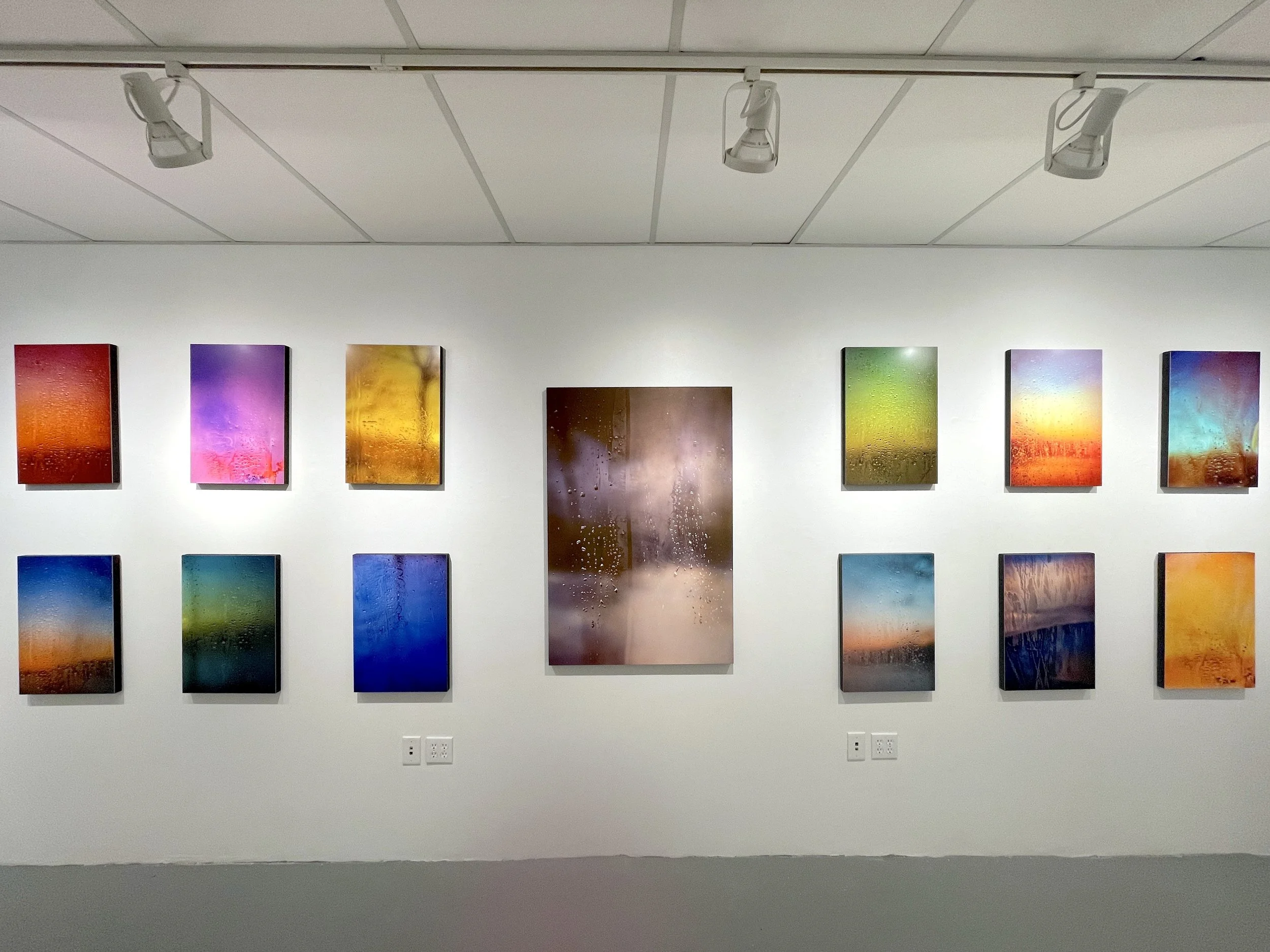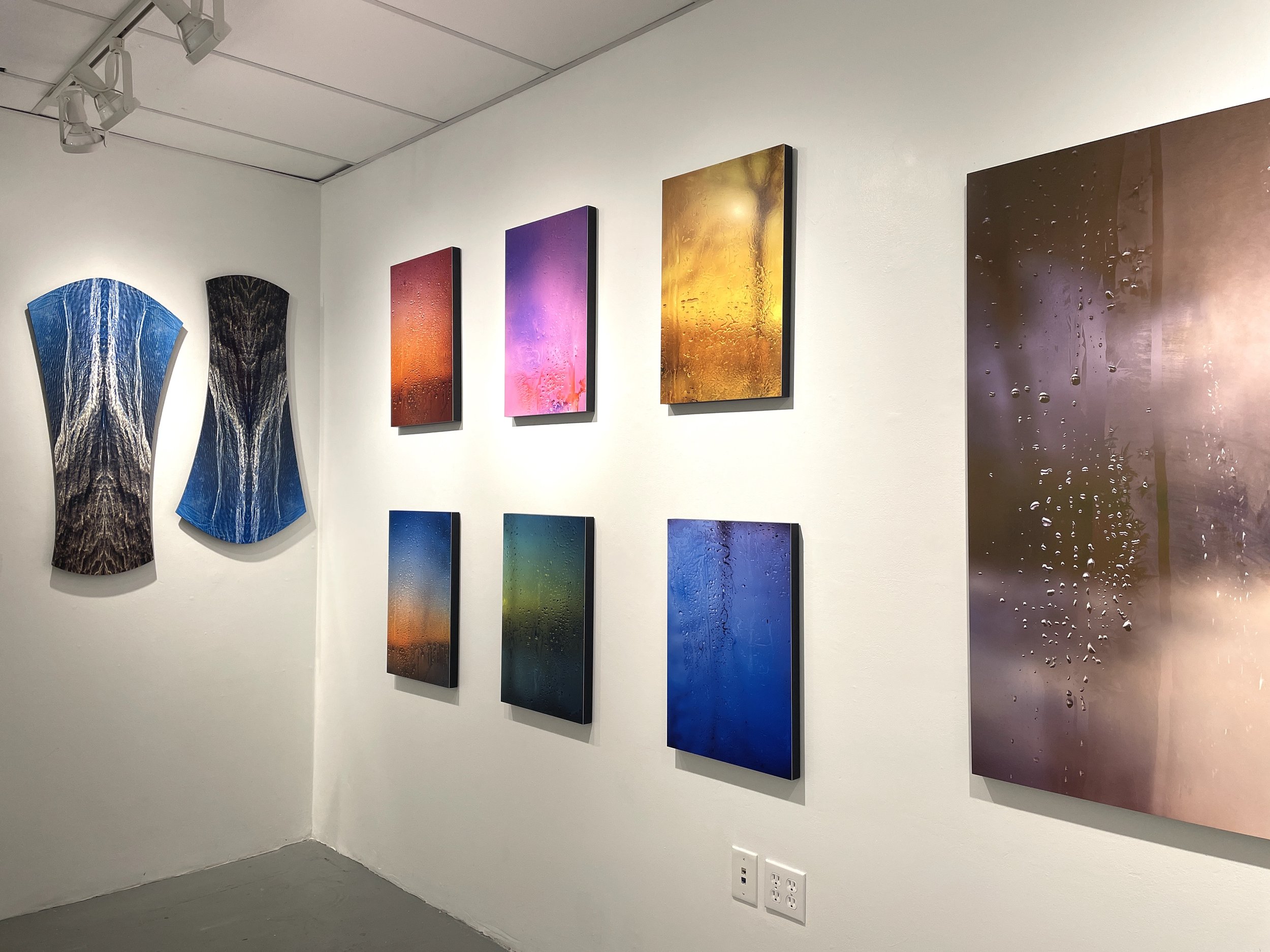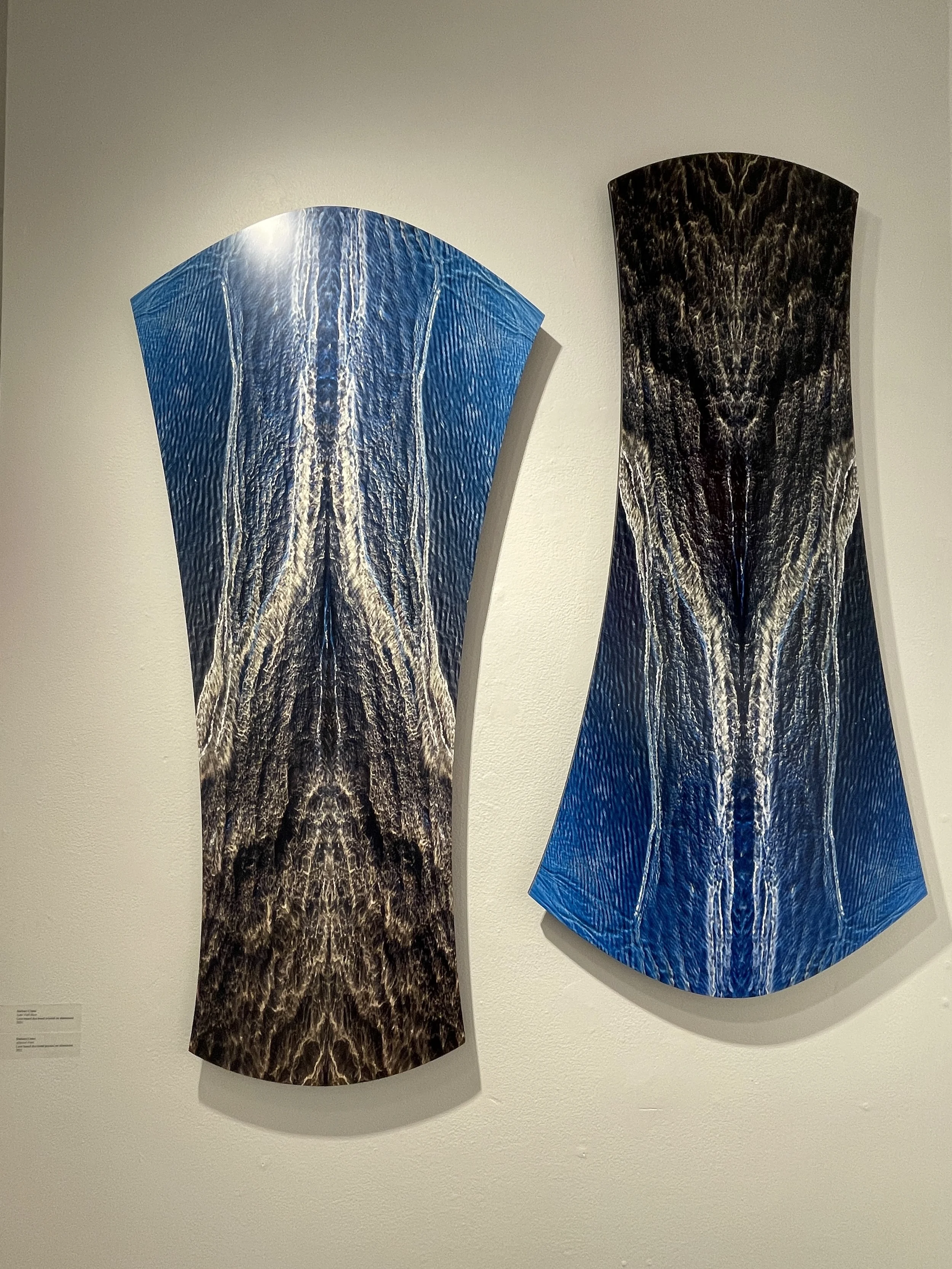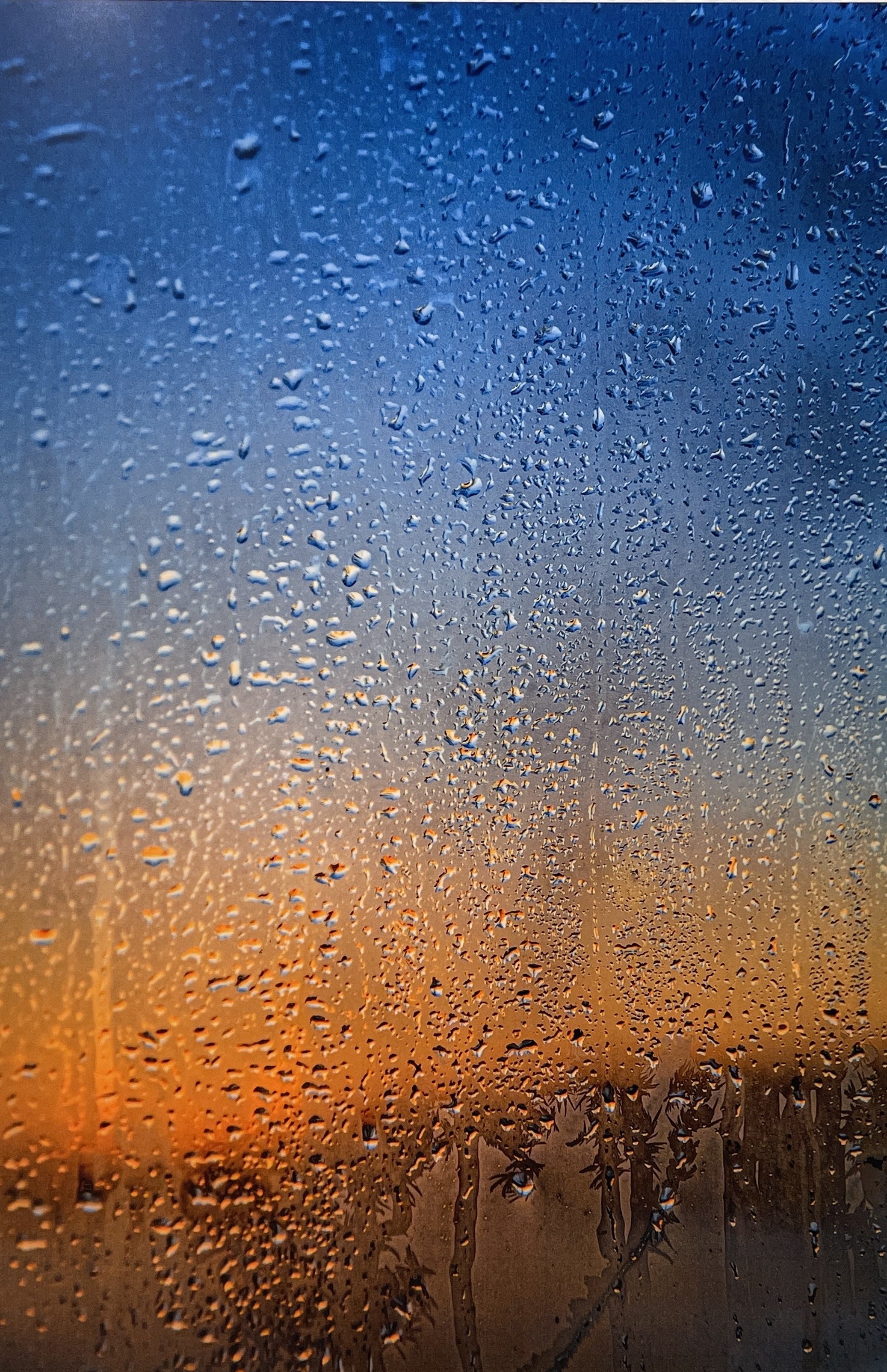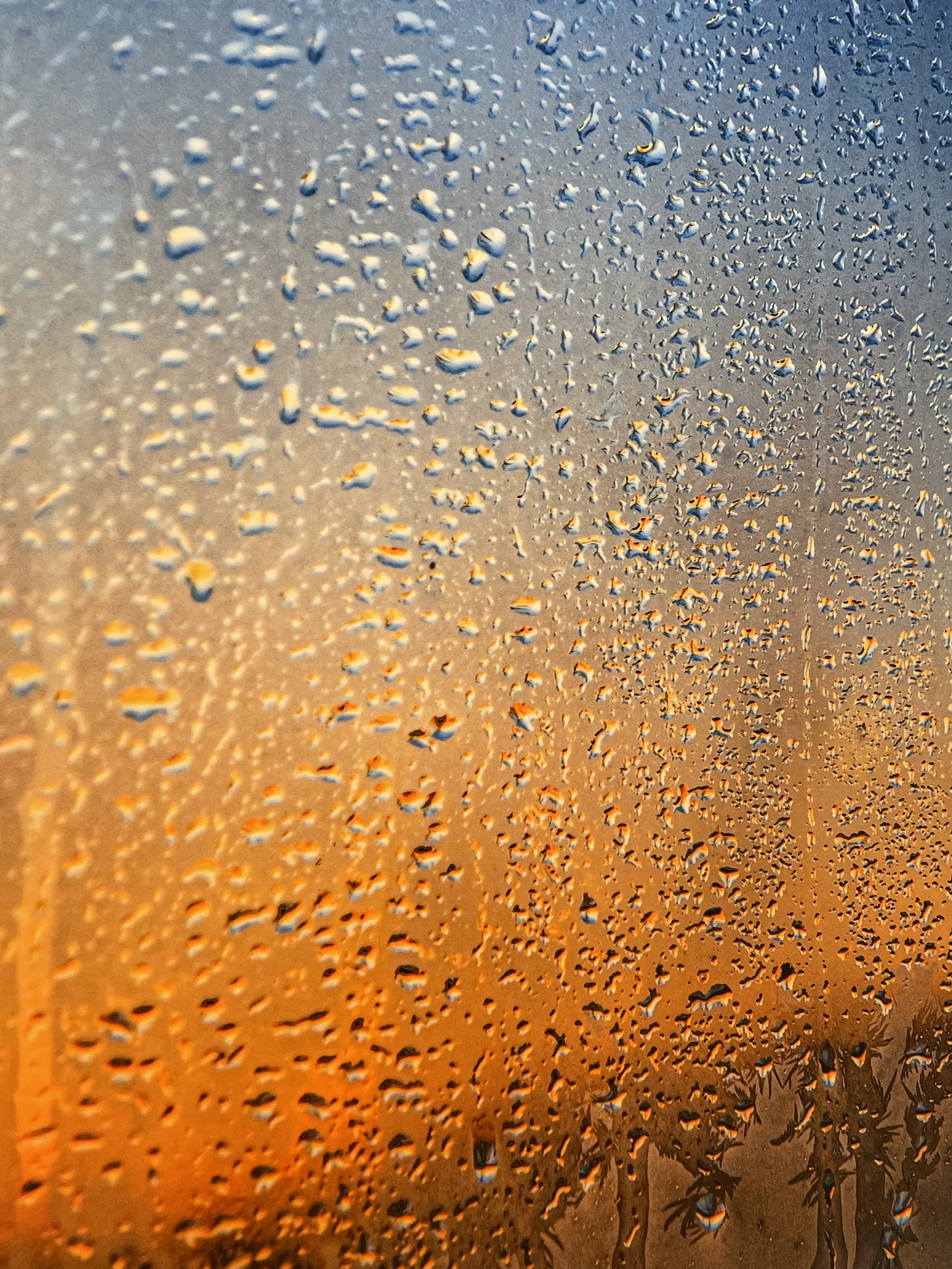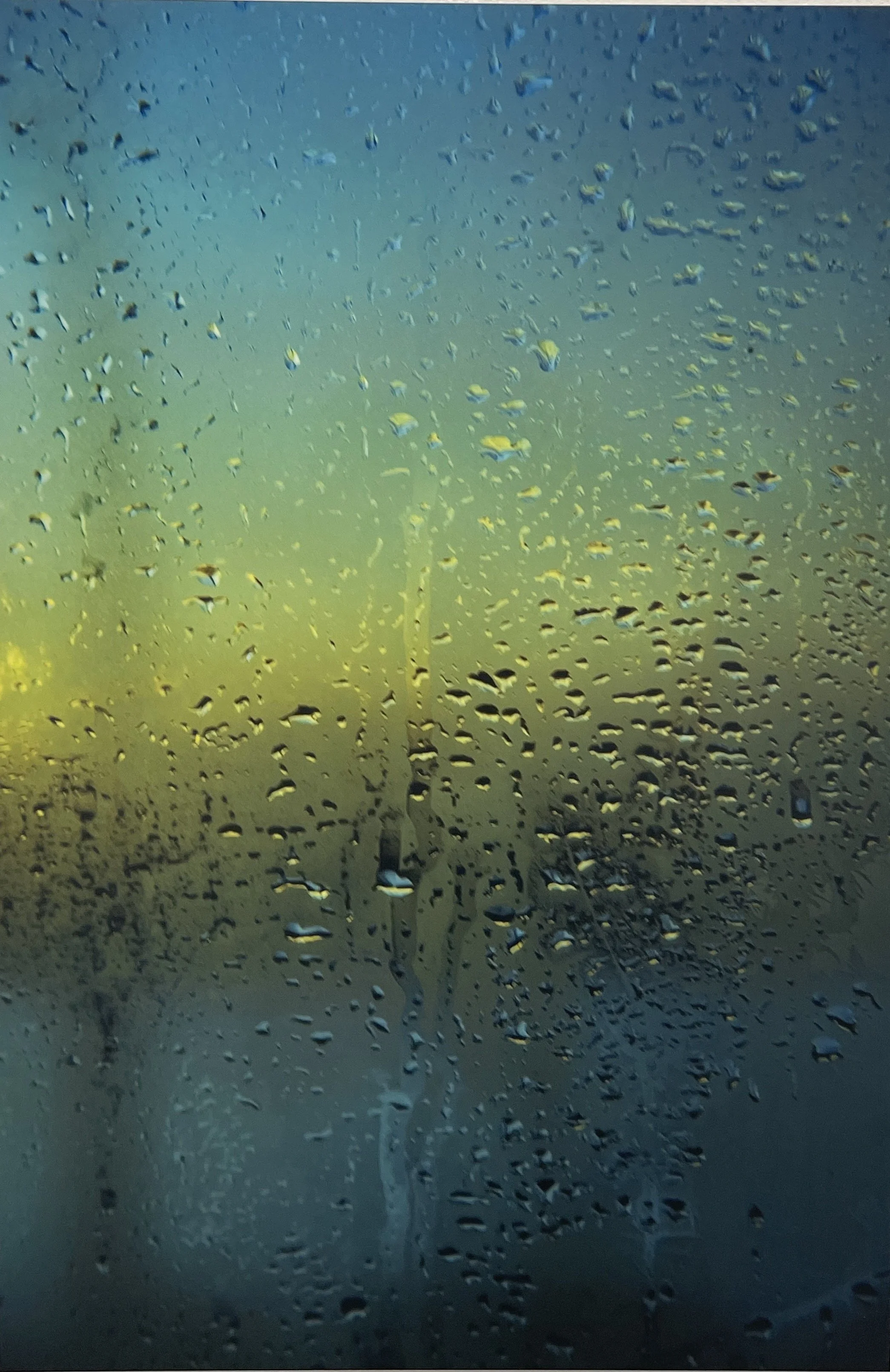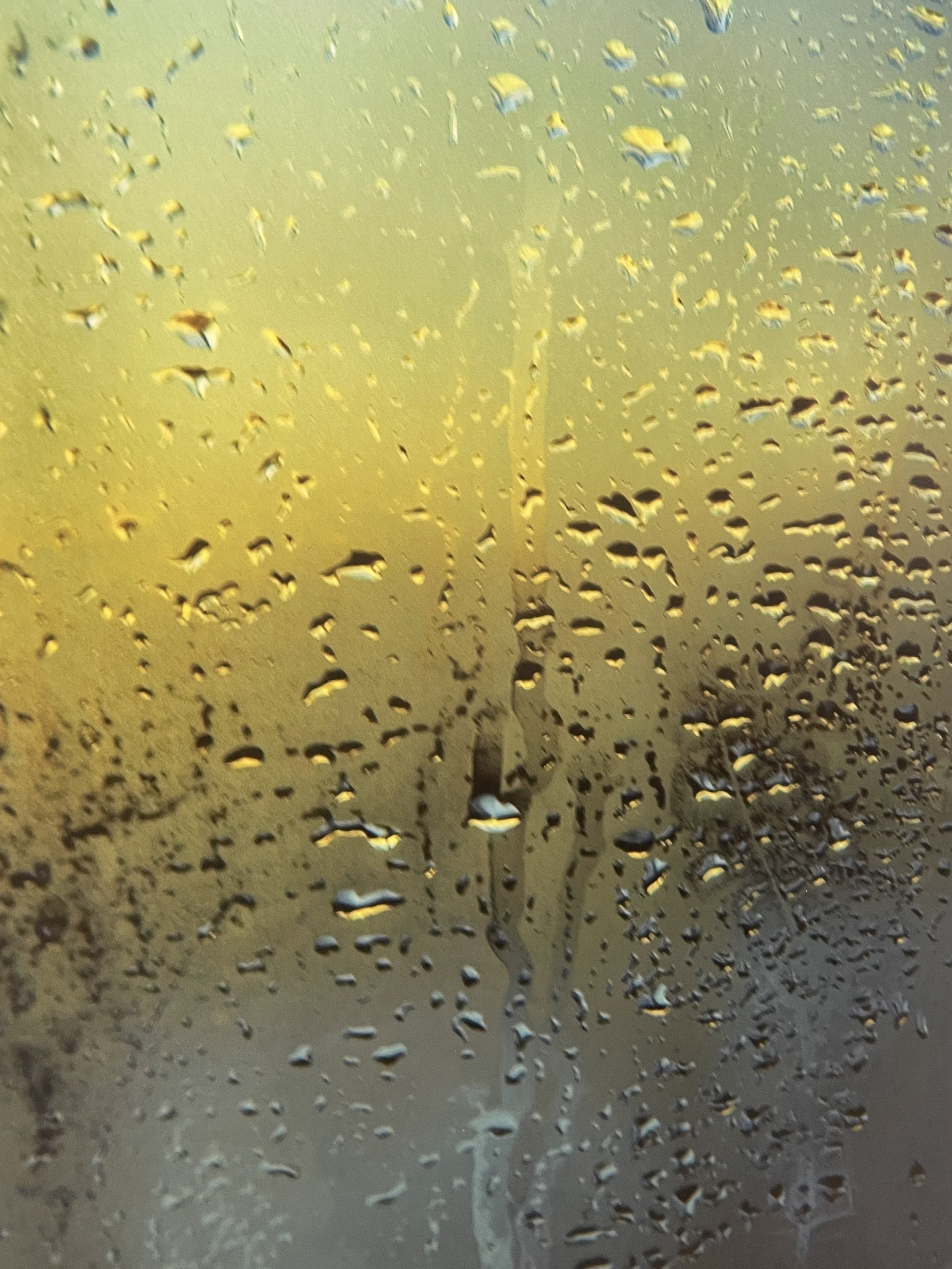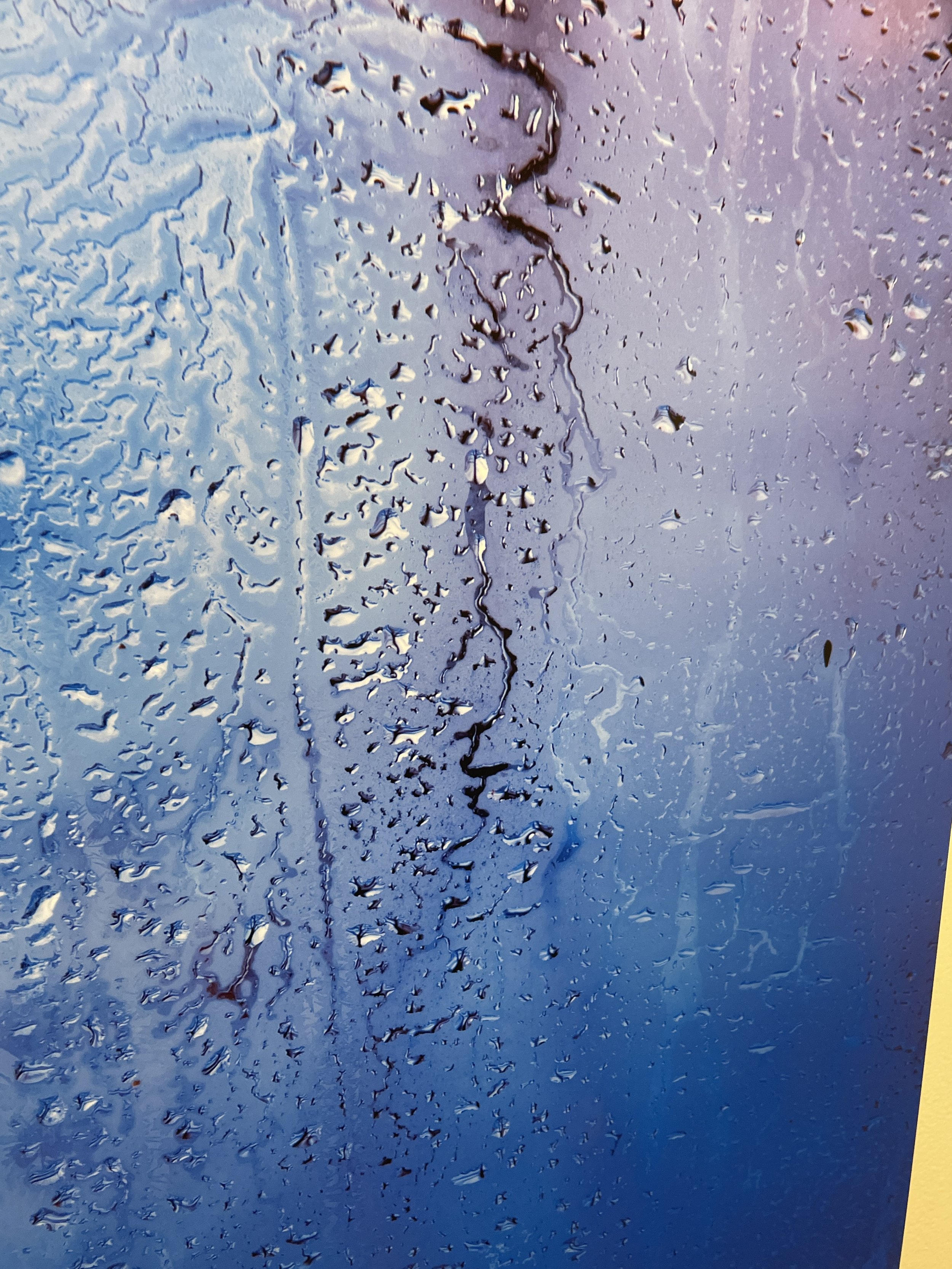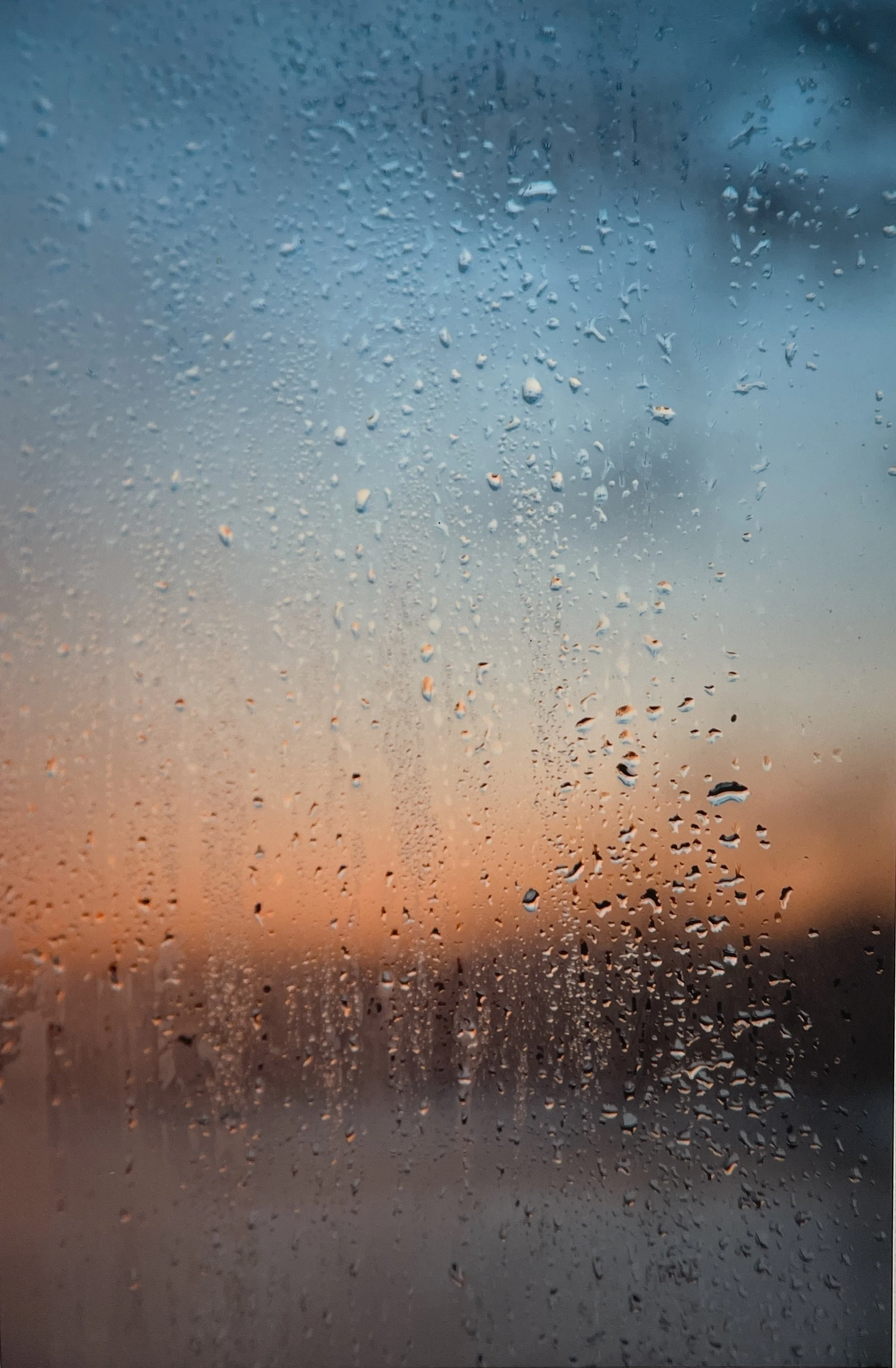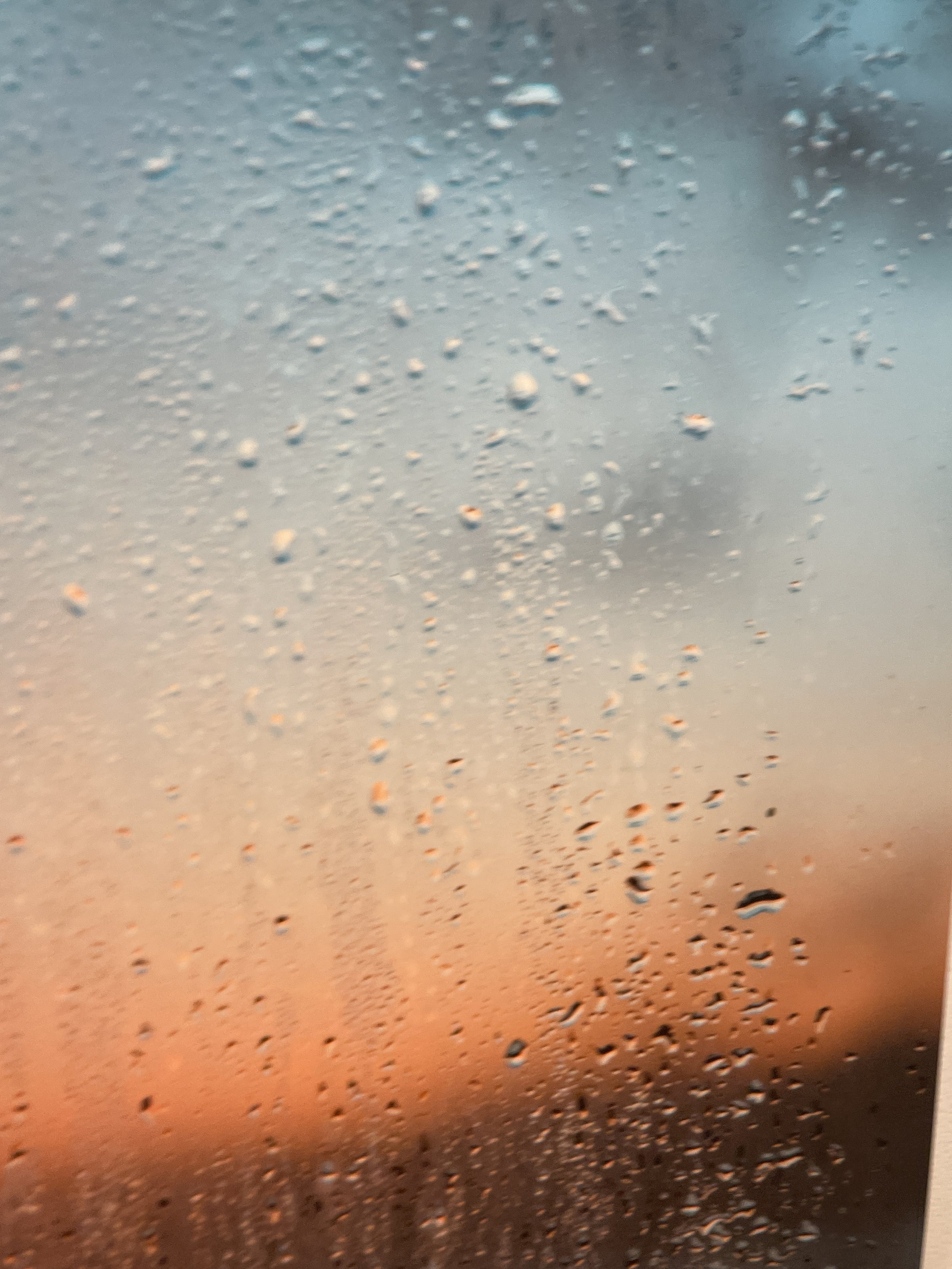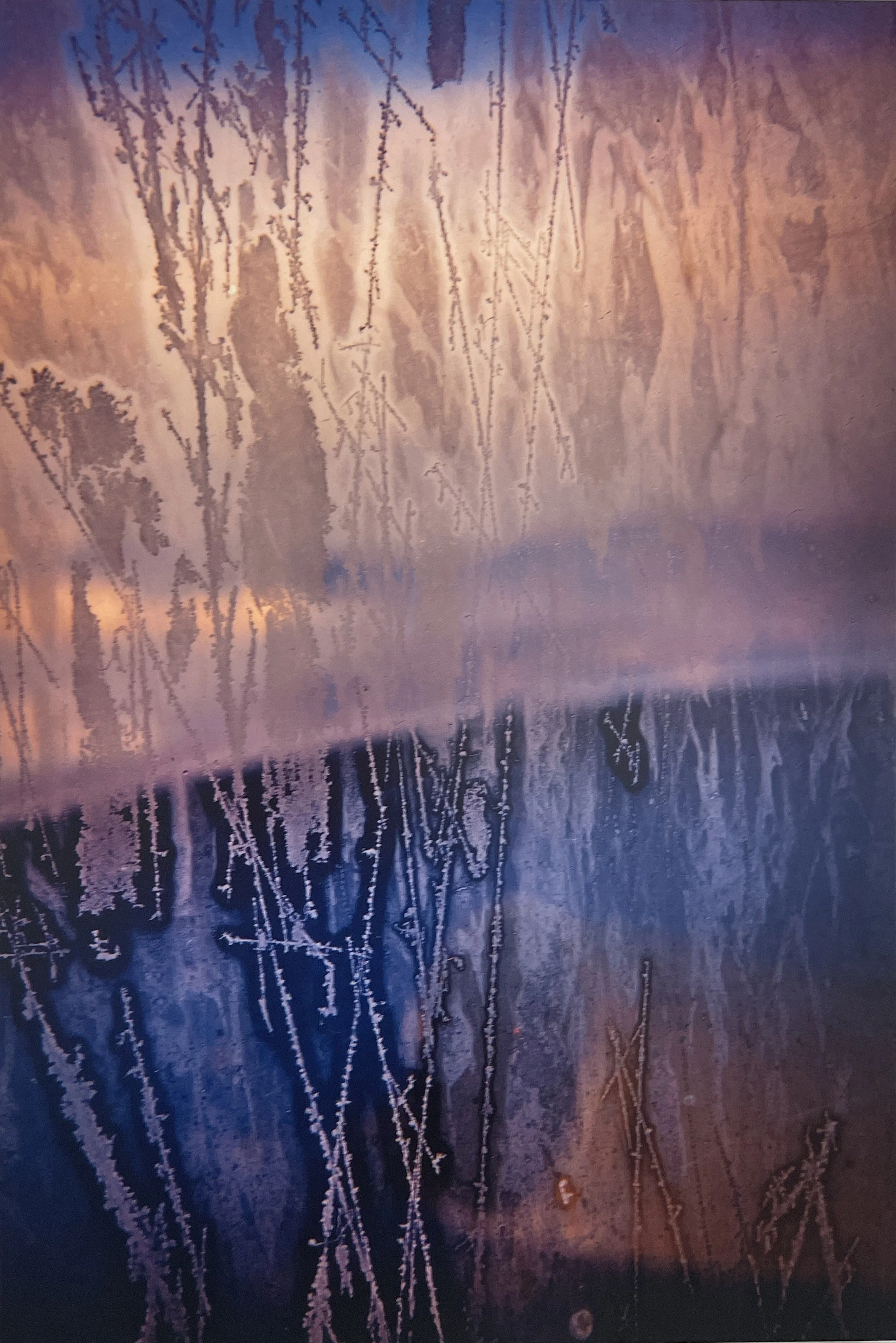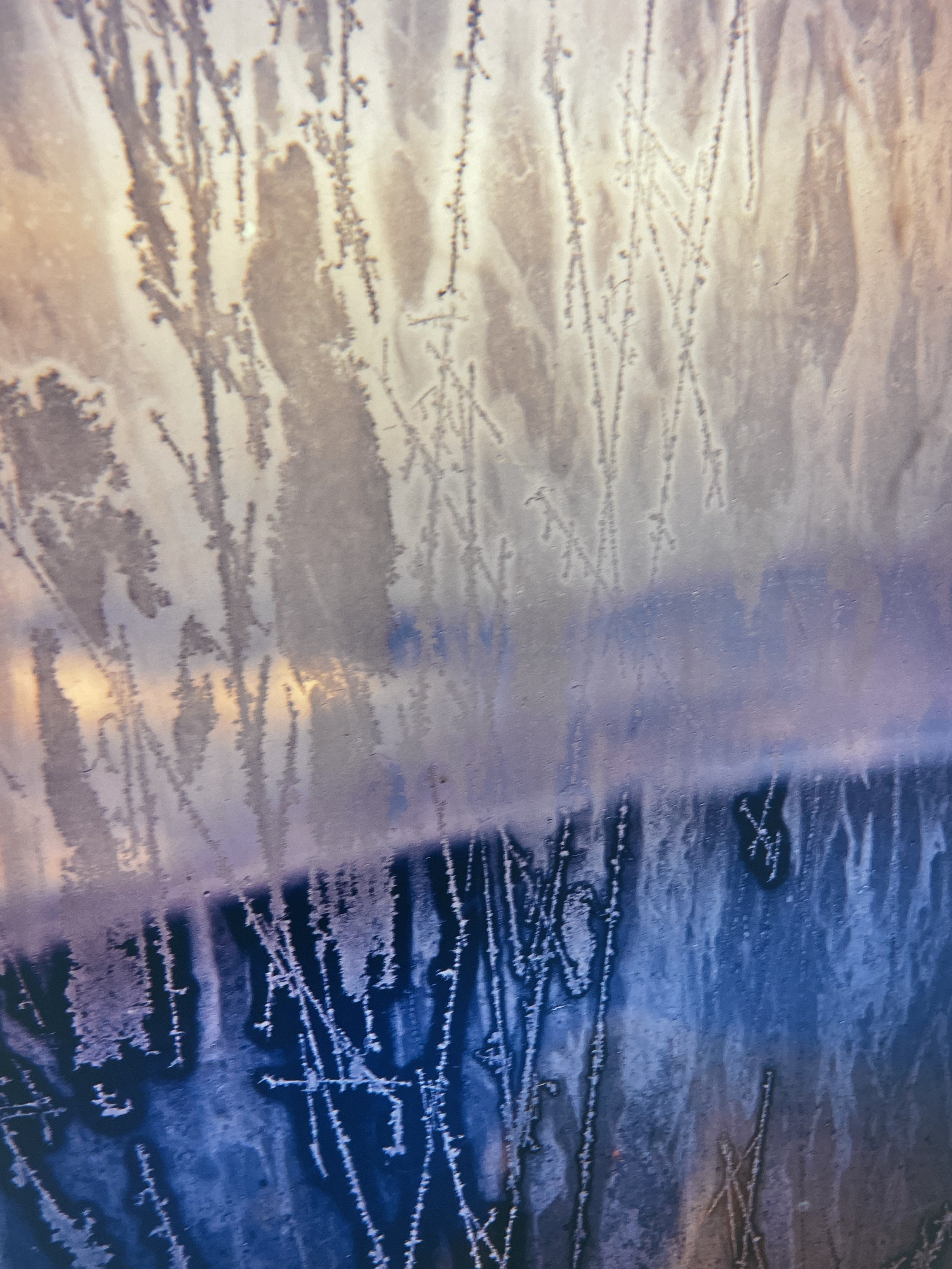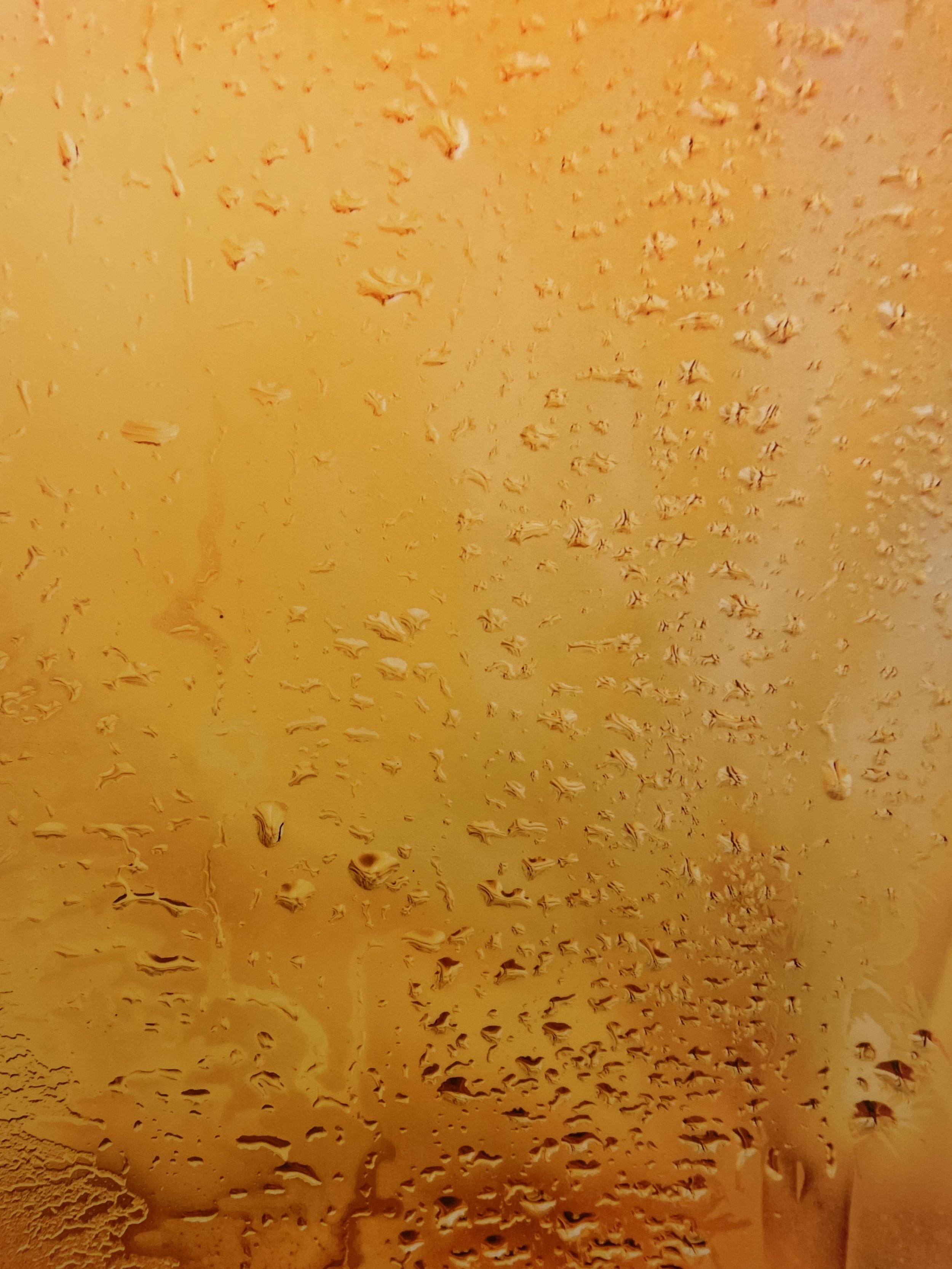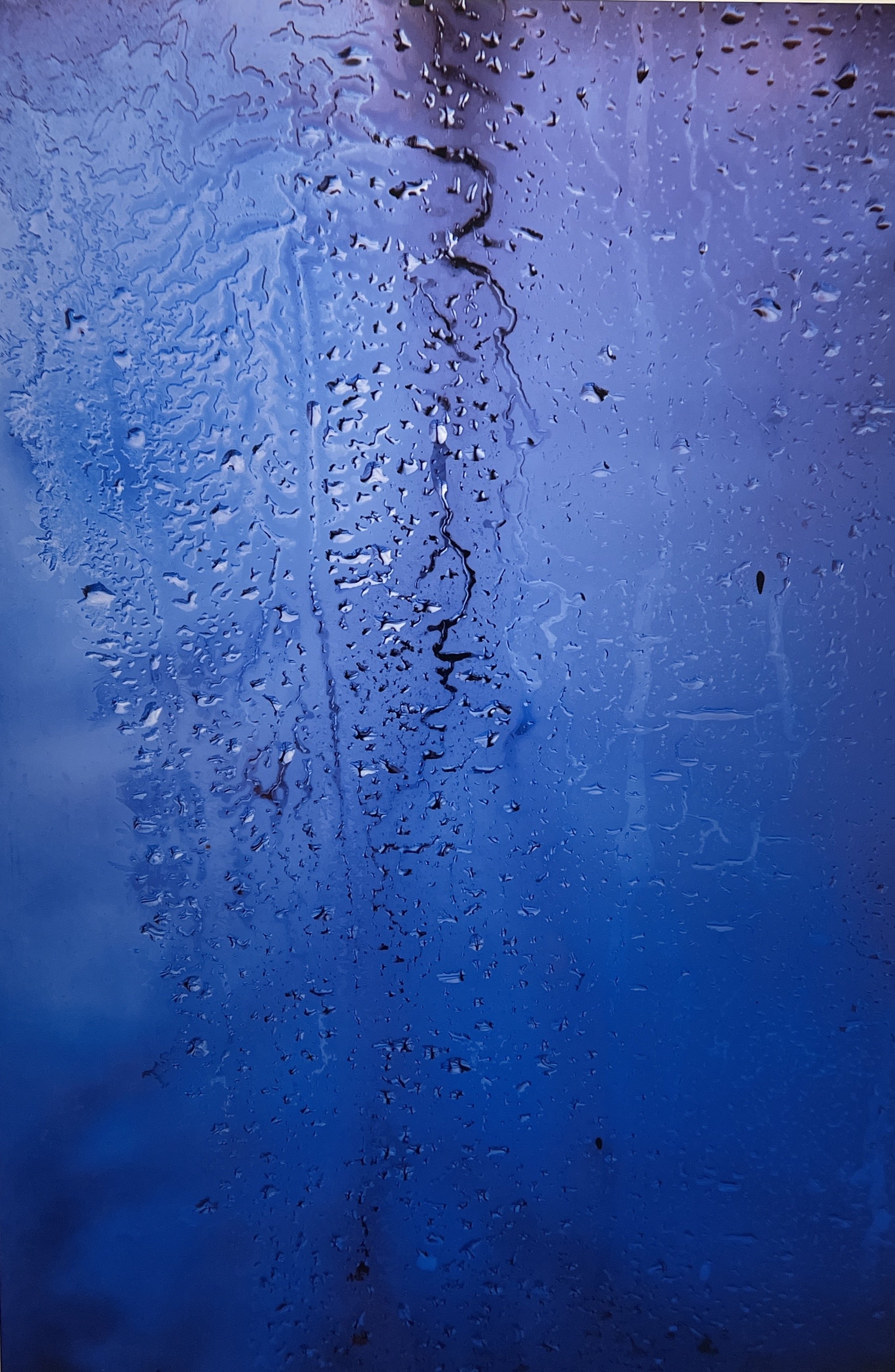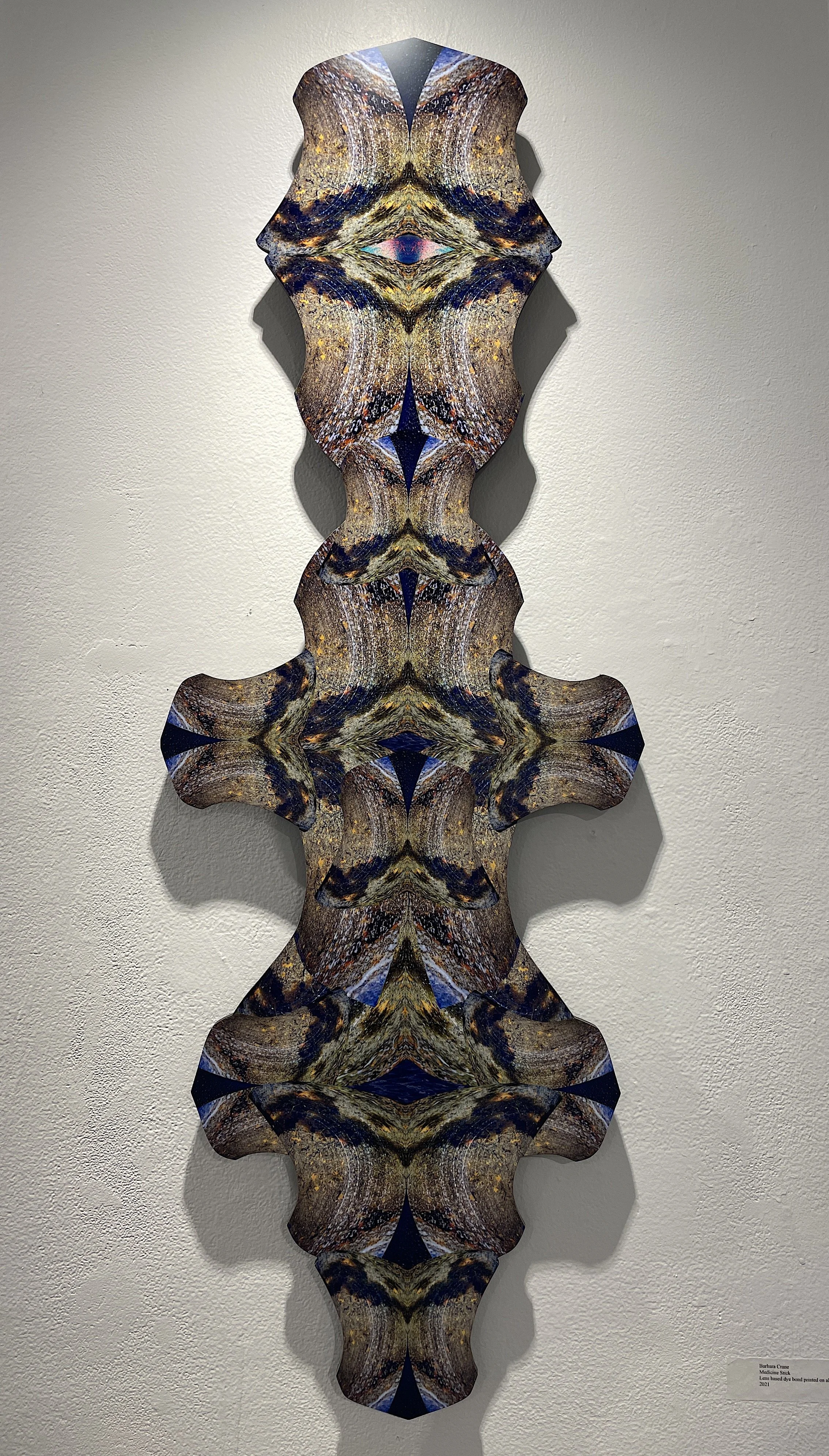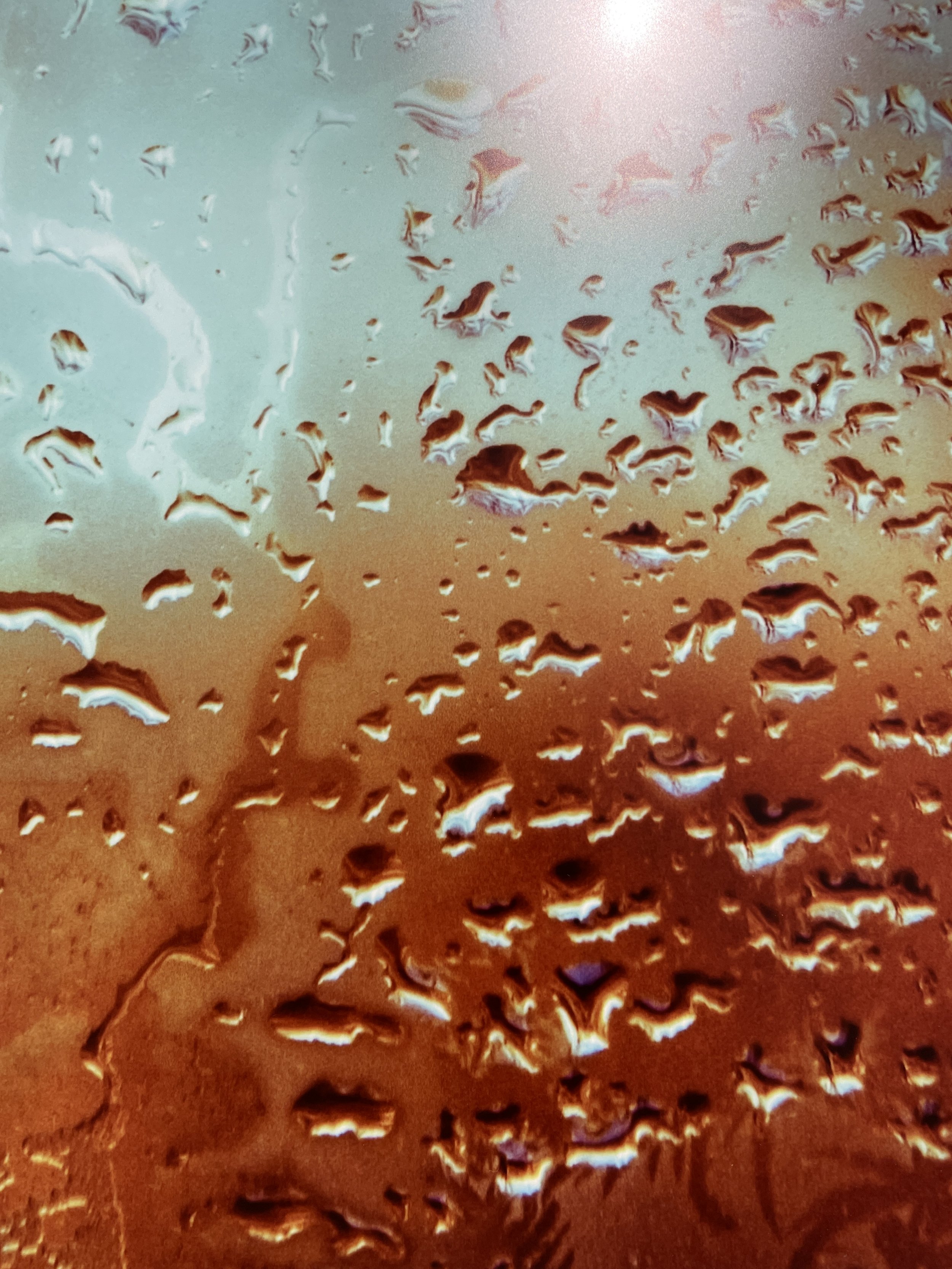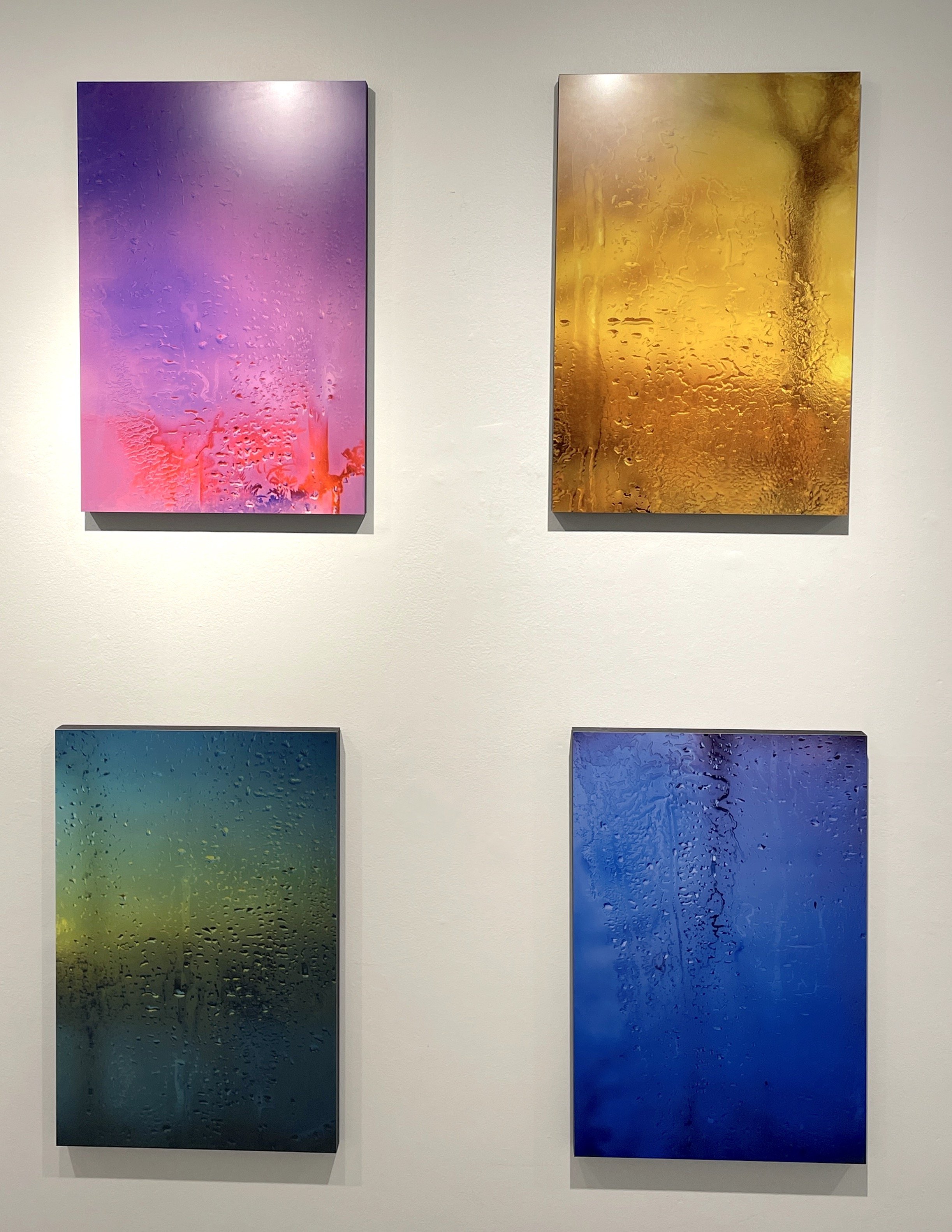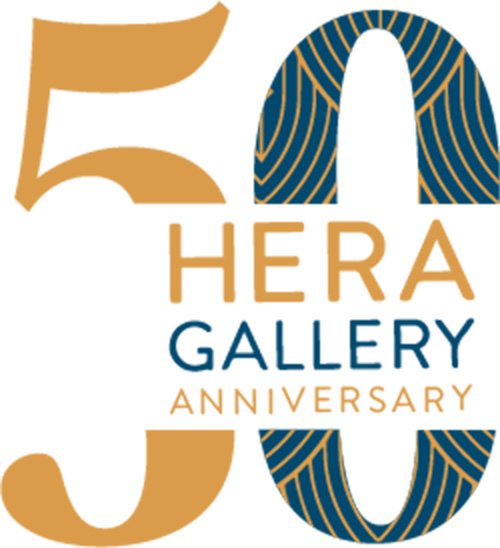Exposed
A Hera Members Exhibition Featuring: Barbara Crane, Abigail Wamboldt, and Sonja Czekalski
Hera Gallery is proud to present Exposed a Hera Member Exhibition featuring: Sonja Czekalski, Barbara Crane, and Abigail Wamboldt. This exhibition will take place at Hera Gallery, located at 10 High Street in Wakefield, RI from November 20 through December 18, 2021. The public is invited to attend during our open Gallery hours, Wed- Fri (1-5pm) and Saturday (10am-4pm). Hera Gallery will be hosting a free and open to the public closing reception on December 18 from 4-6pm. Join the artists for an evening of celebration and artist talks by Sonja Czekalski and Abigail Wamboldt. Arrive at the closing reception before 4 pm to participate in the #whatwomenwear community quilting circle with exhibiting artist Sonja Czekalski. A virtual rendition of the exhibition will be fully available on heragallery.org.
These three exhibiting artists are showing work collectively focused on exposing windows to another world. The exhibition invites viewers to examine the intimate stories of gender oppression, quarantine experiences, and visceral memories.
Abigail Wamboldt
Artist Statement:
I create out of the memory of a sensation or from visual material that manifests itself in my imagination. At times I make collages to paint from and when there is a need for more heightened realism I work from live models. Through this process I discuss and explore issues of sexuality and self.
I am drawn to the two dimensional format because it feels like a window into another world. I gravitate towards tactile materials that allow my body to become physically immersed in the experience of producing an artwork. While there is a range of materials present in my work there are common visual threads. The expression, behavior or action of the figures in each image is the central means of conveying the message.
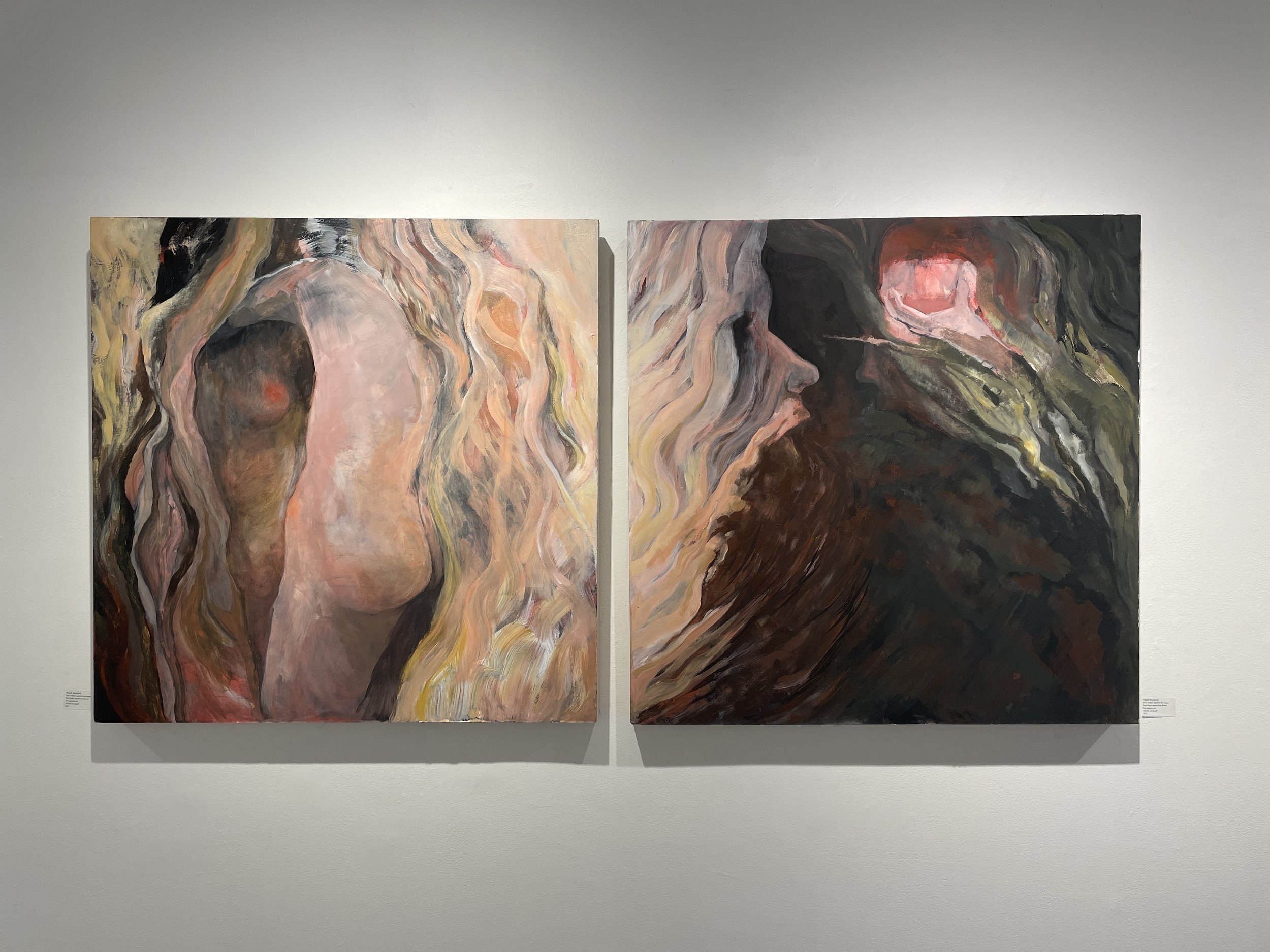
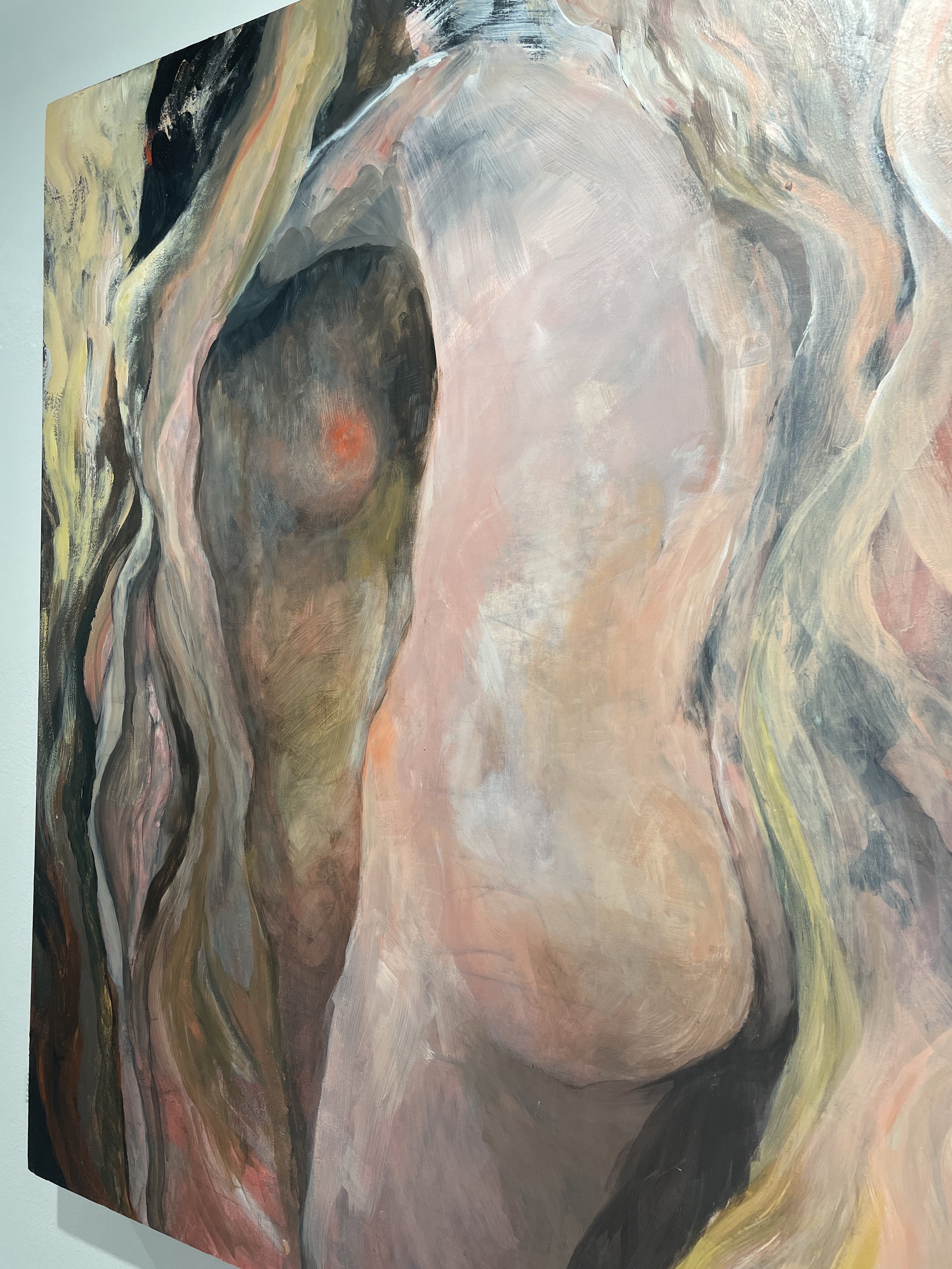
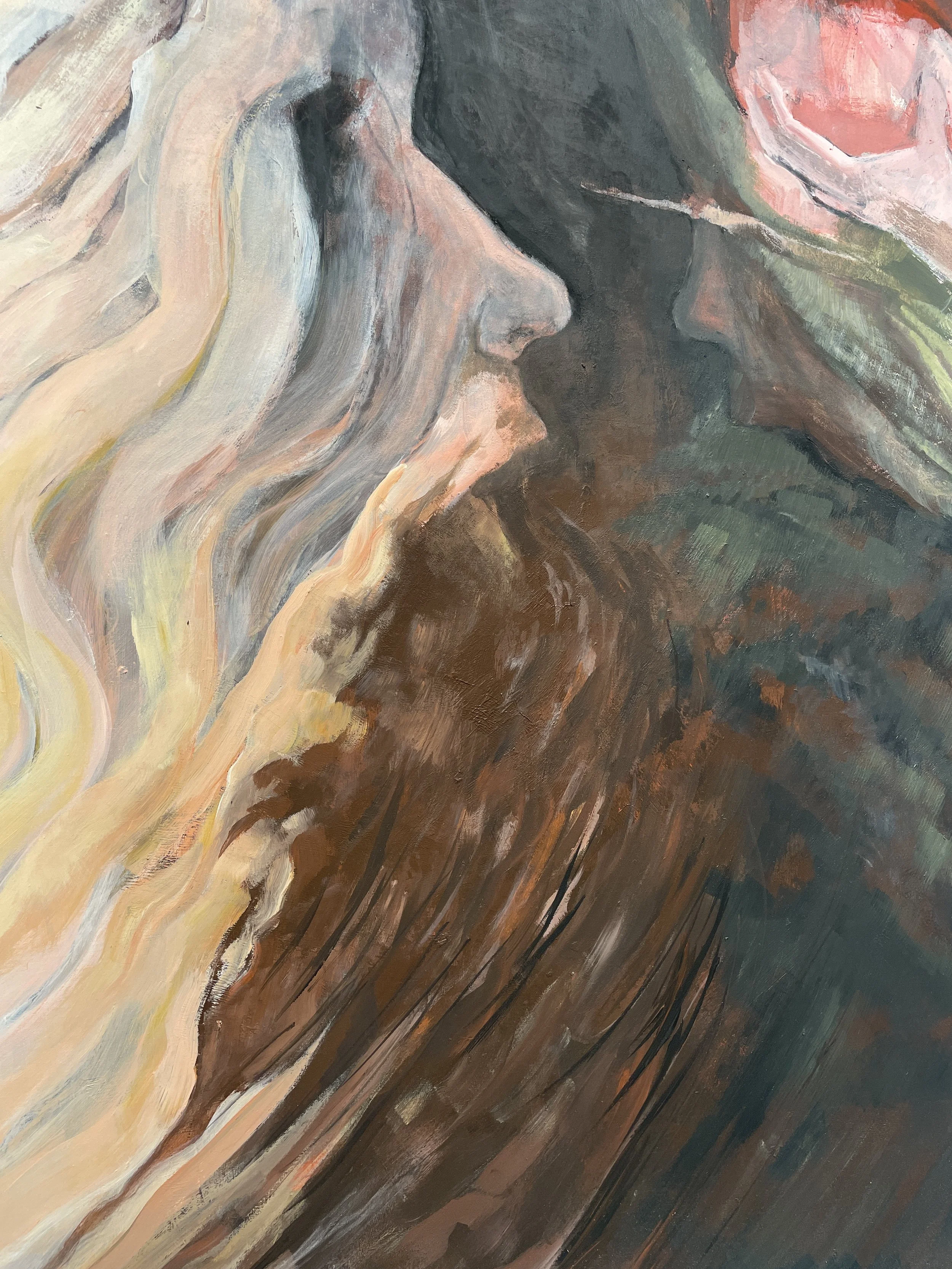
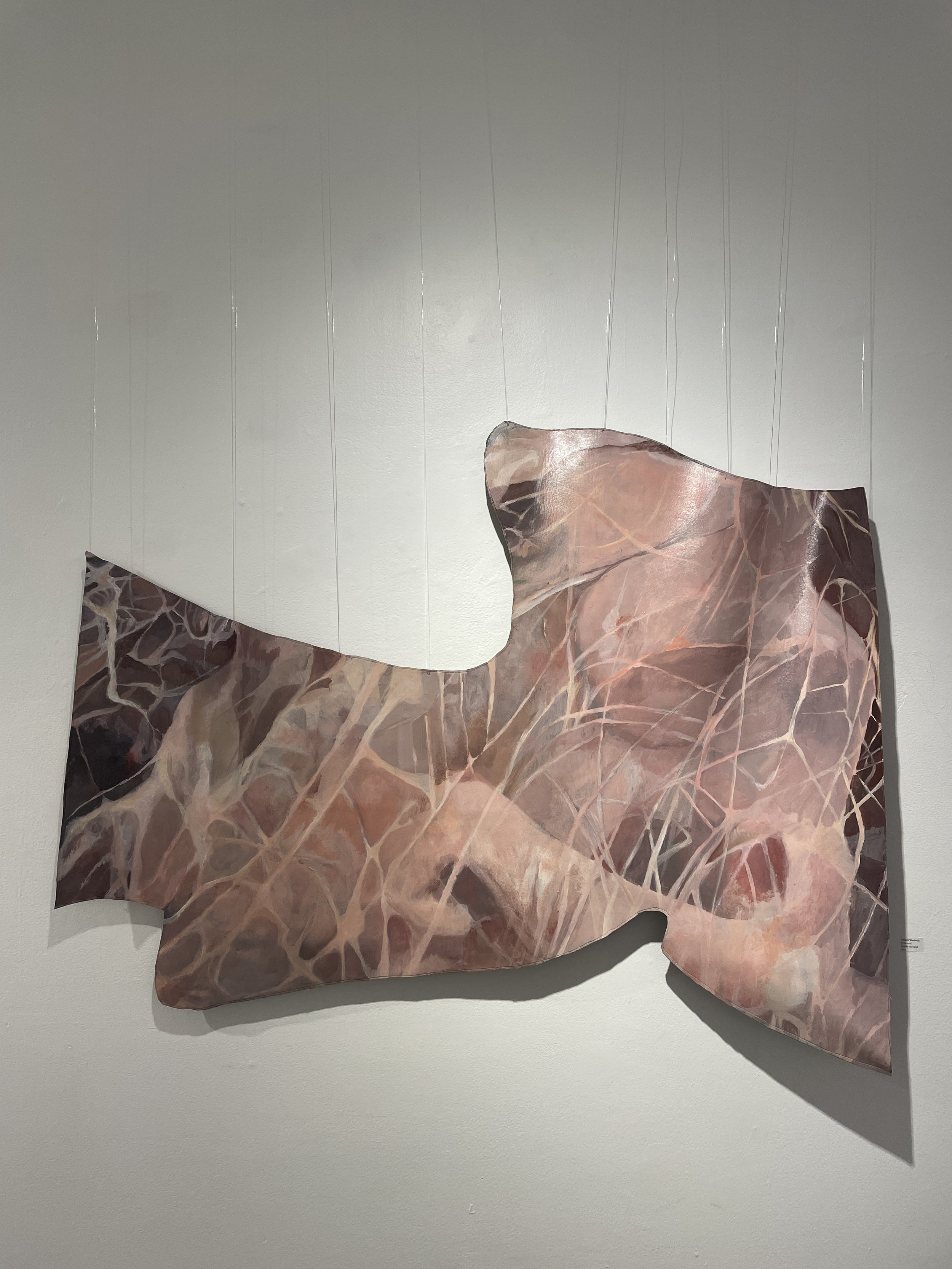
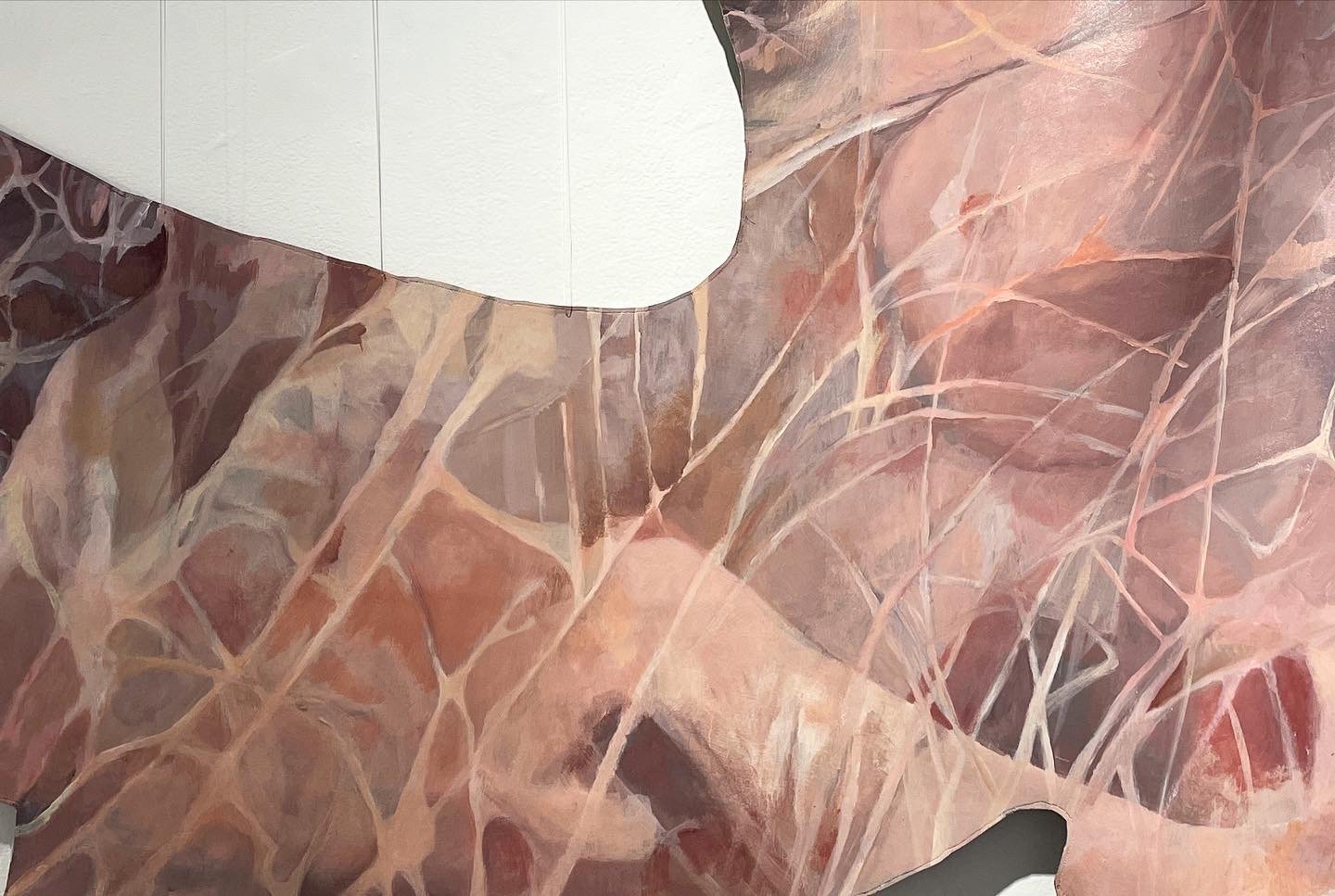
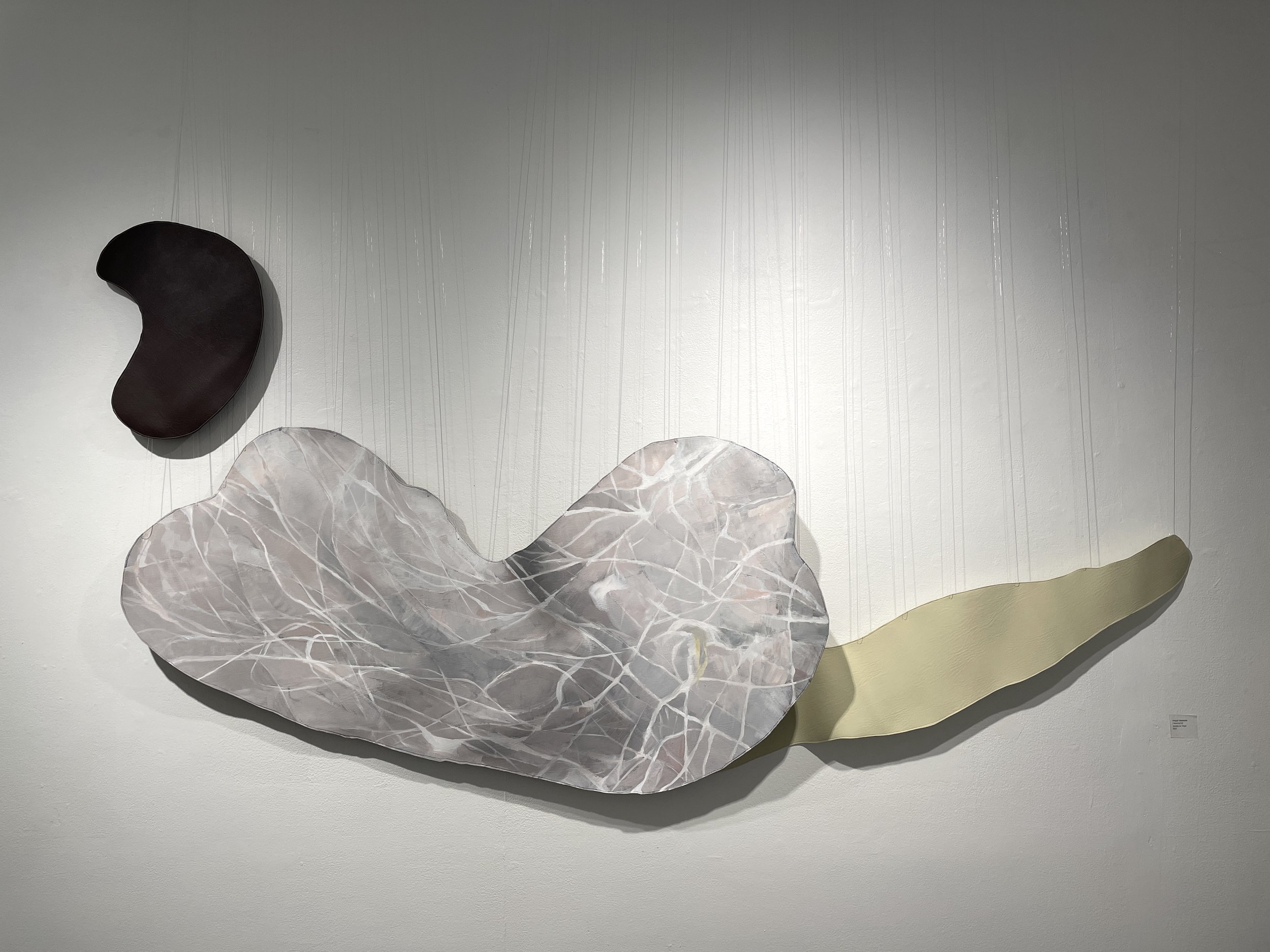
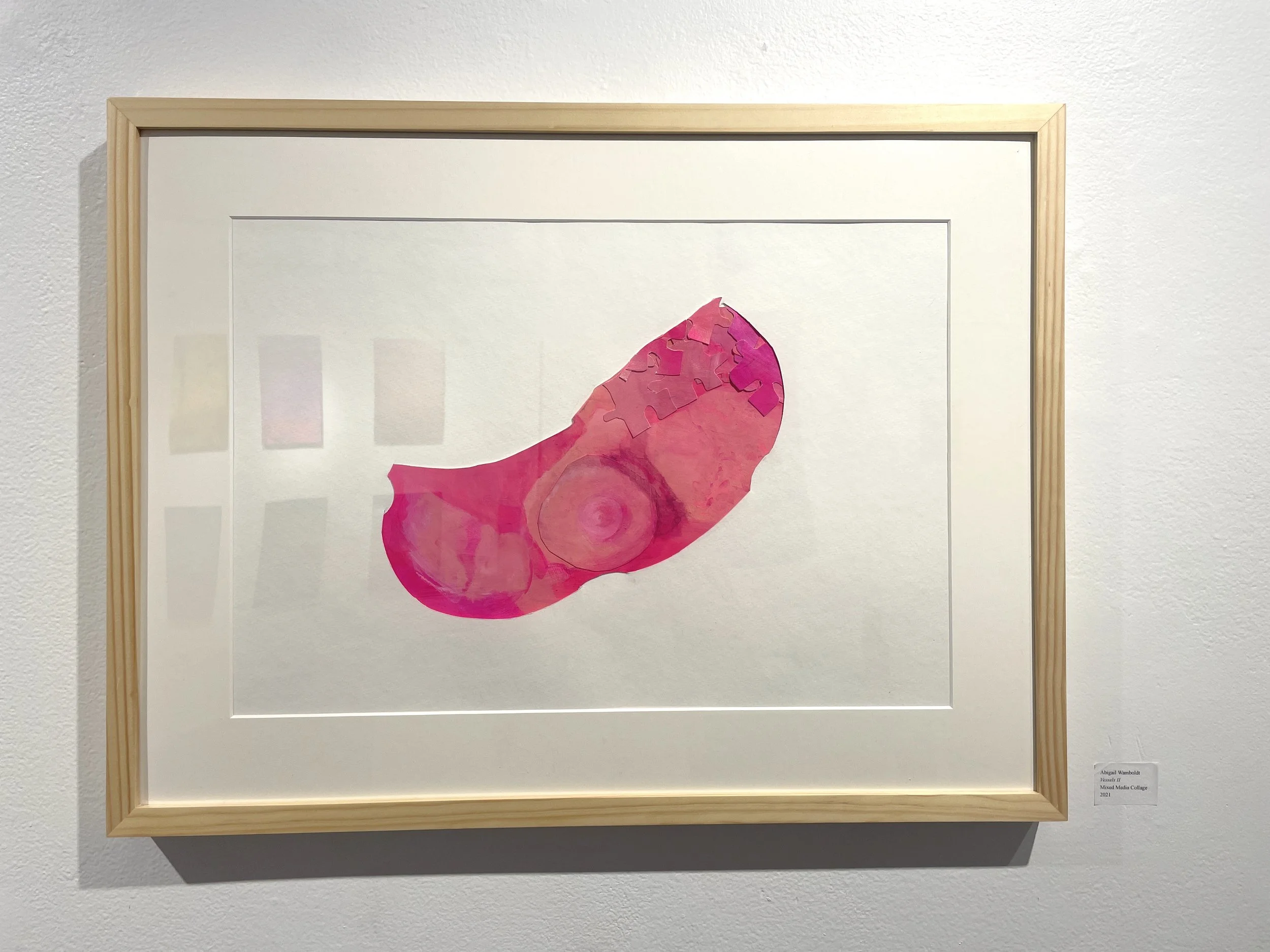
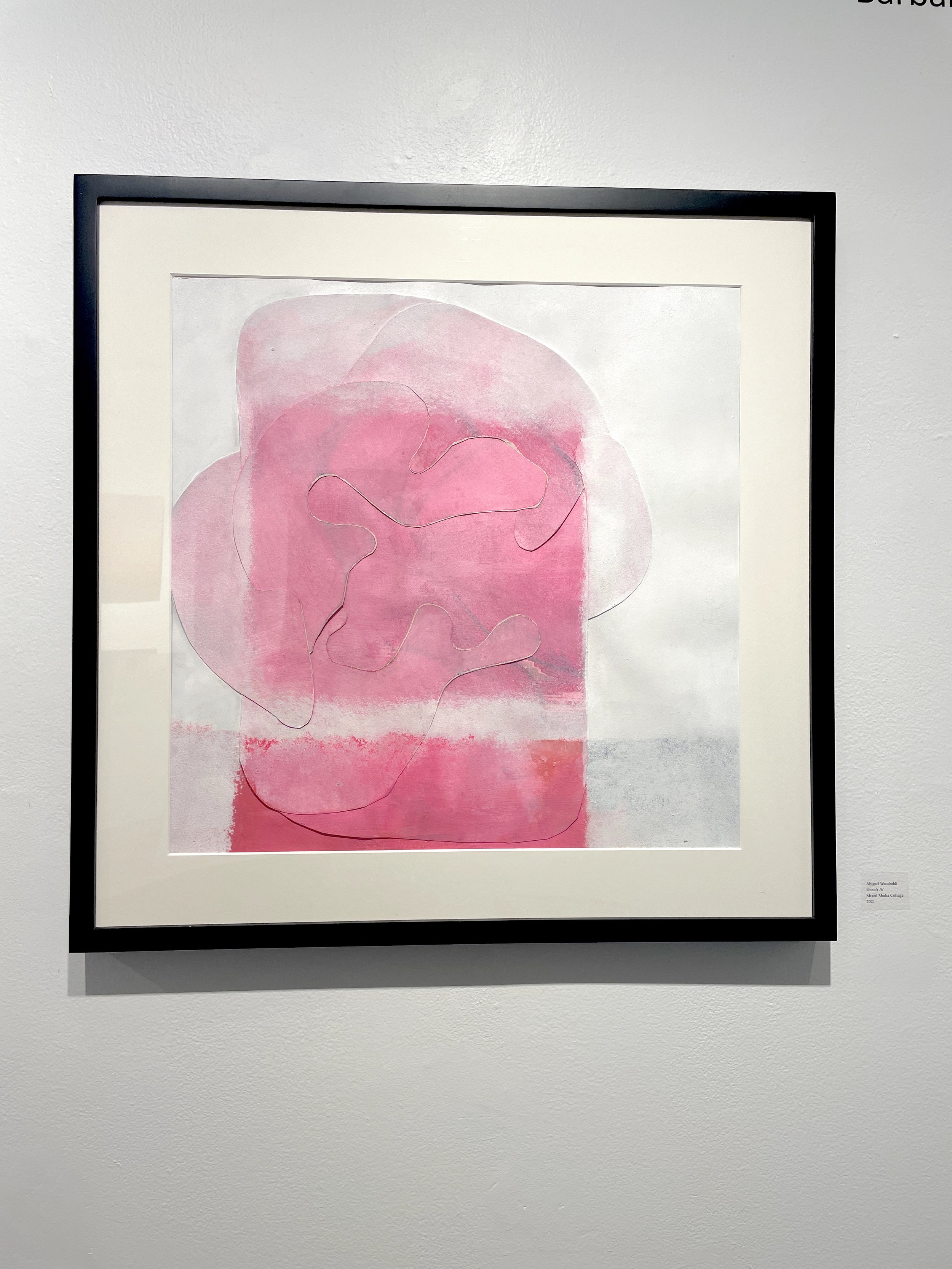
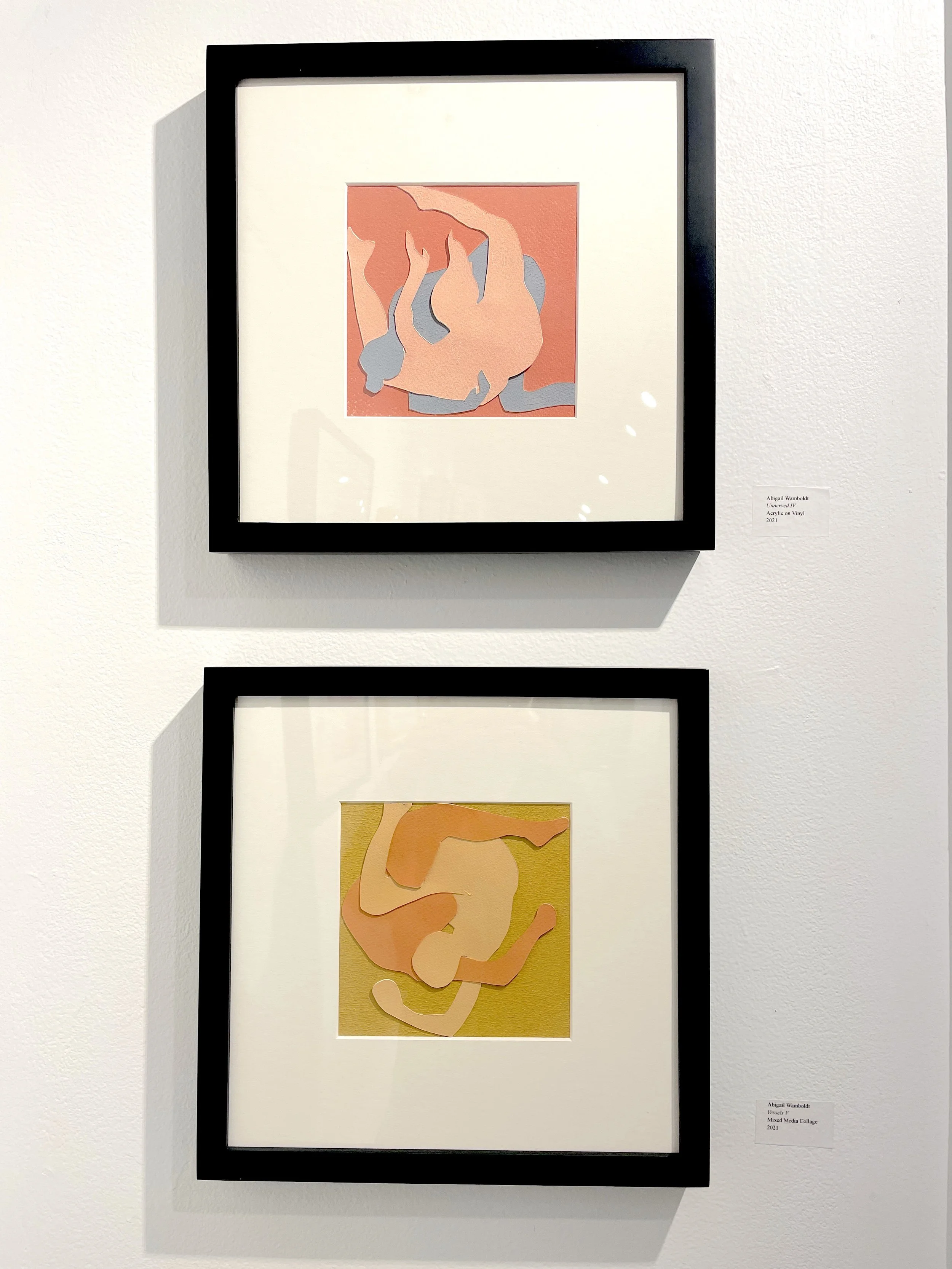

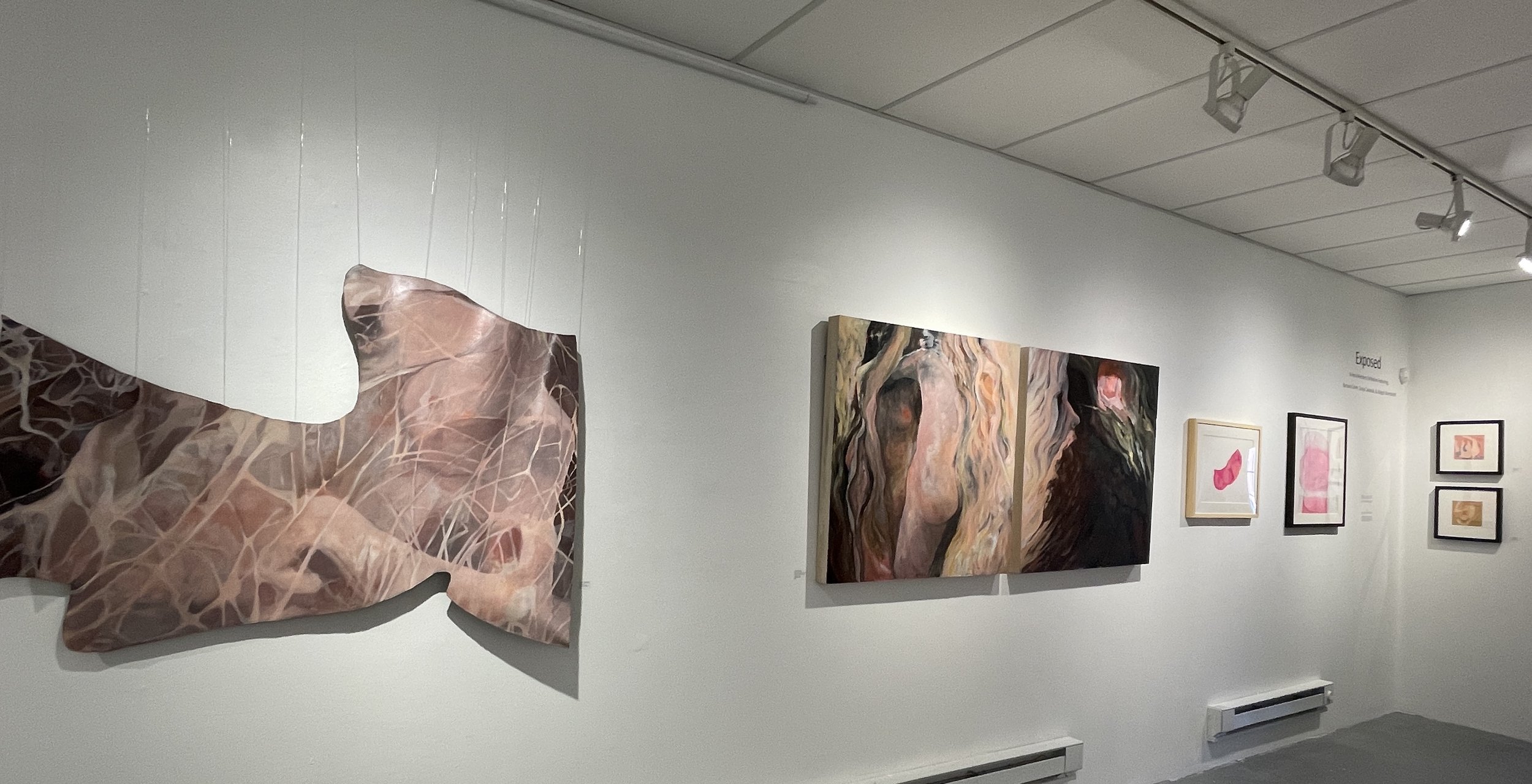
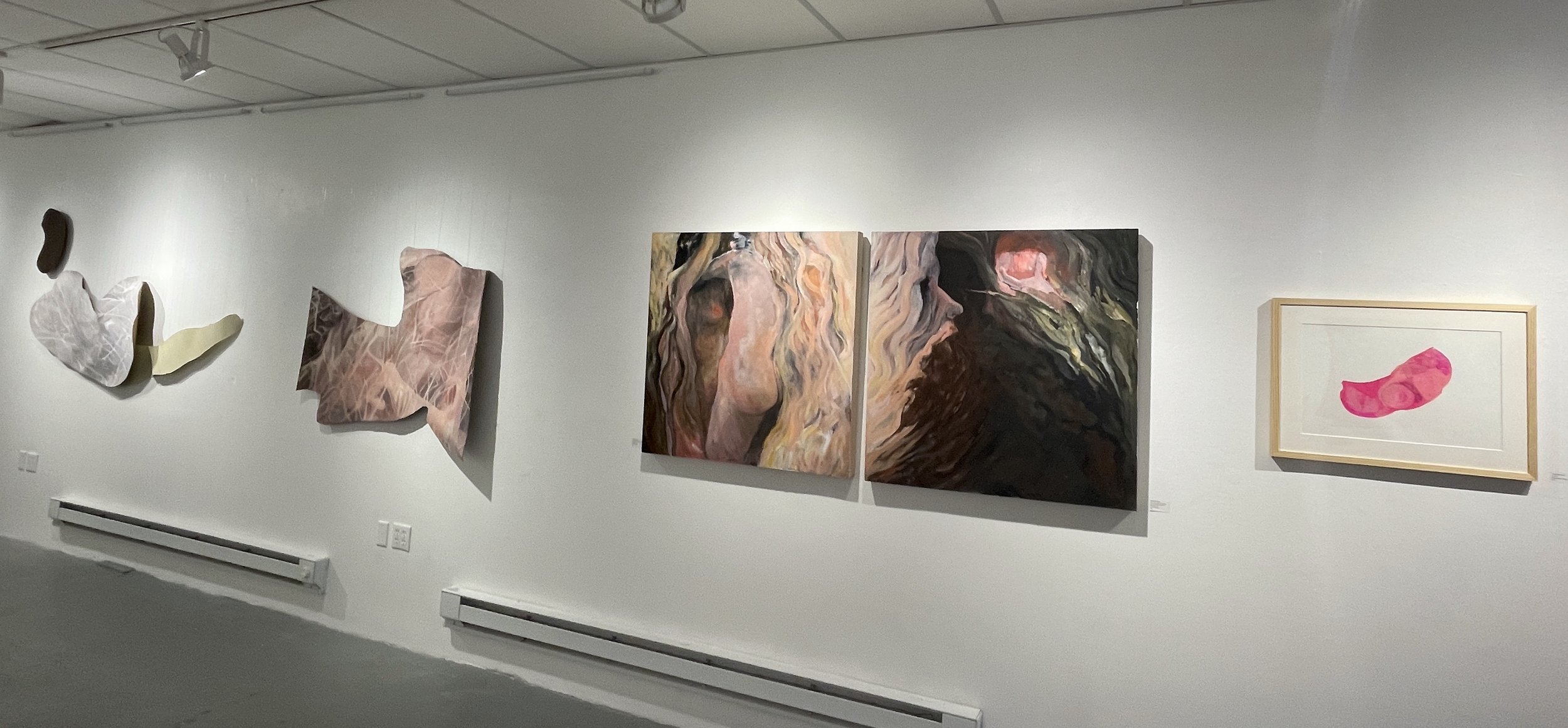
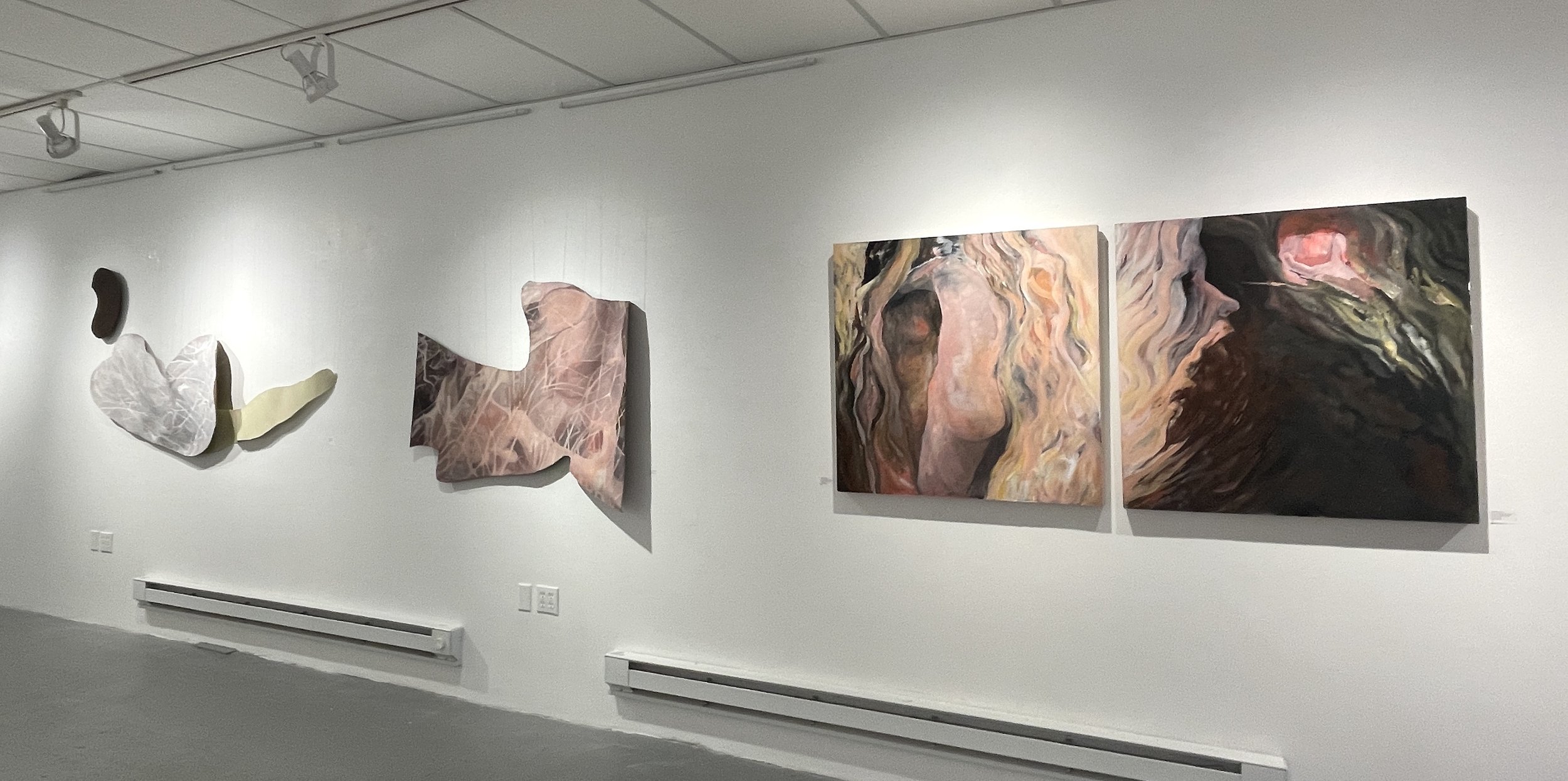
Sonja Czekalski
Artist Statement:
I am an interdisciplinary artist, driven to tell women’s stories. In this body of work I consider the bloodline of my grandmother, my mother, my sister, the web of women who raised me, and Mother Earth herself. I consider the idea of visceral memory. A type of memory so deep, perhaps even cross generational, that the mind cannot remember, yet the body can. Using natural materials and traditionally feminine craft materials and techniques passed down by my grandmother, I create each of my works from my own body and personal experience. I am interested in the interconnections between the physical, biological, and spiritual relationships between my body, my ancestry, and the earth herself.
I want the viewer to explore the female figure through an empathetic gaze. I invite the viewer to question the validity of the stereotyped feminine; to experience and respond to the emotional labor, embarrassment, shame, confusion, richness, and power of female sexuality, fertility, social expectation, and responsibility. Ultimately though my practice provides more questions and contradictions about feminism than answers, it gives voice to the raw experiences of womanhood.
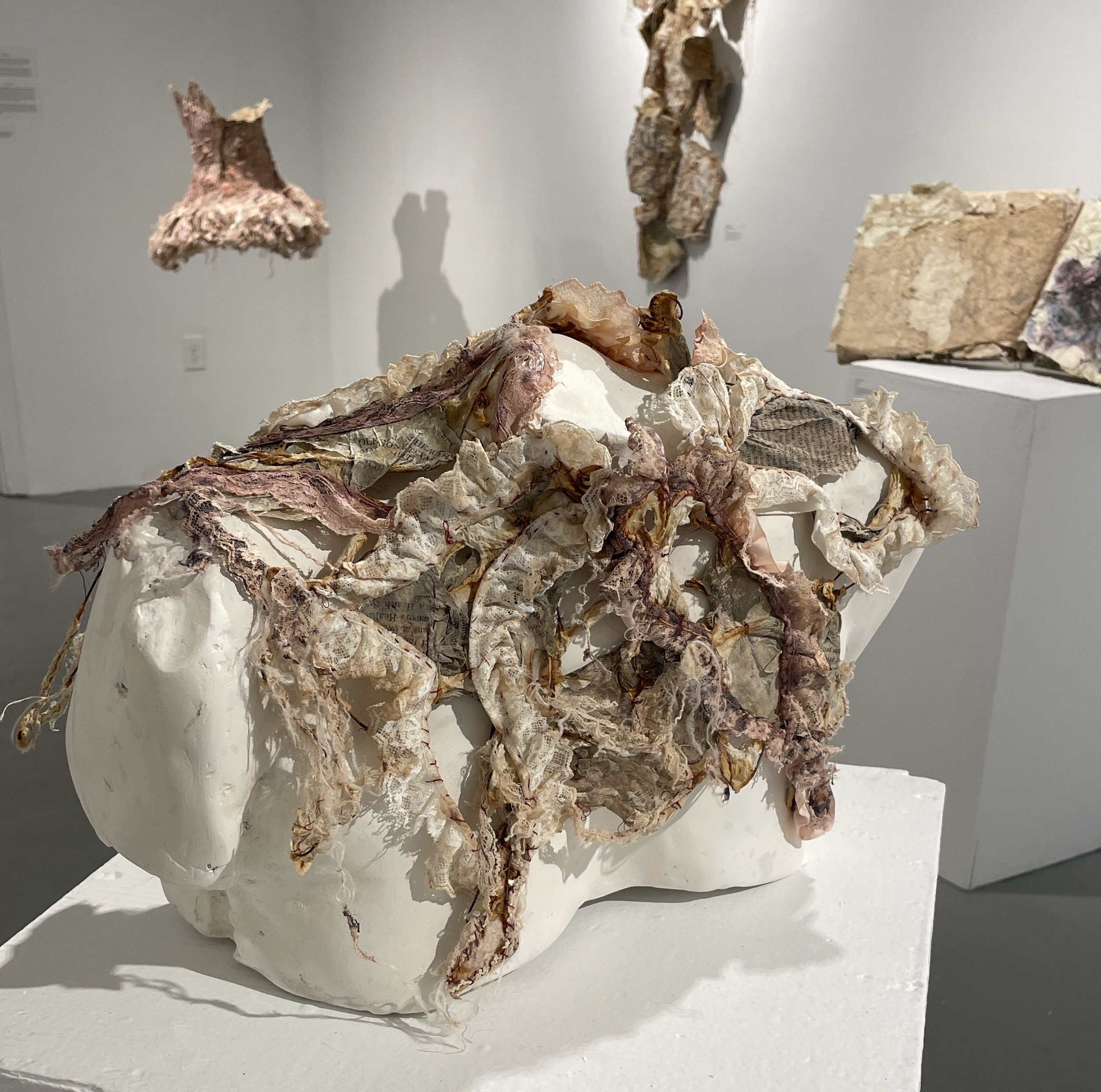
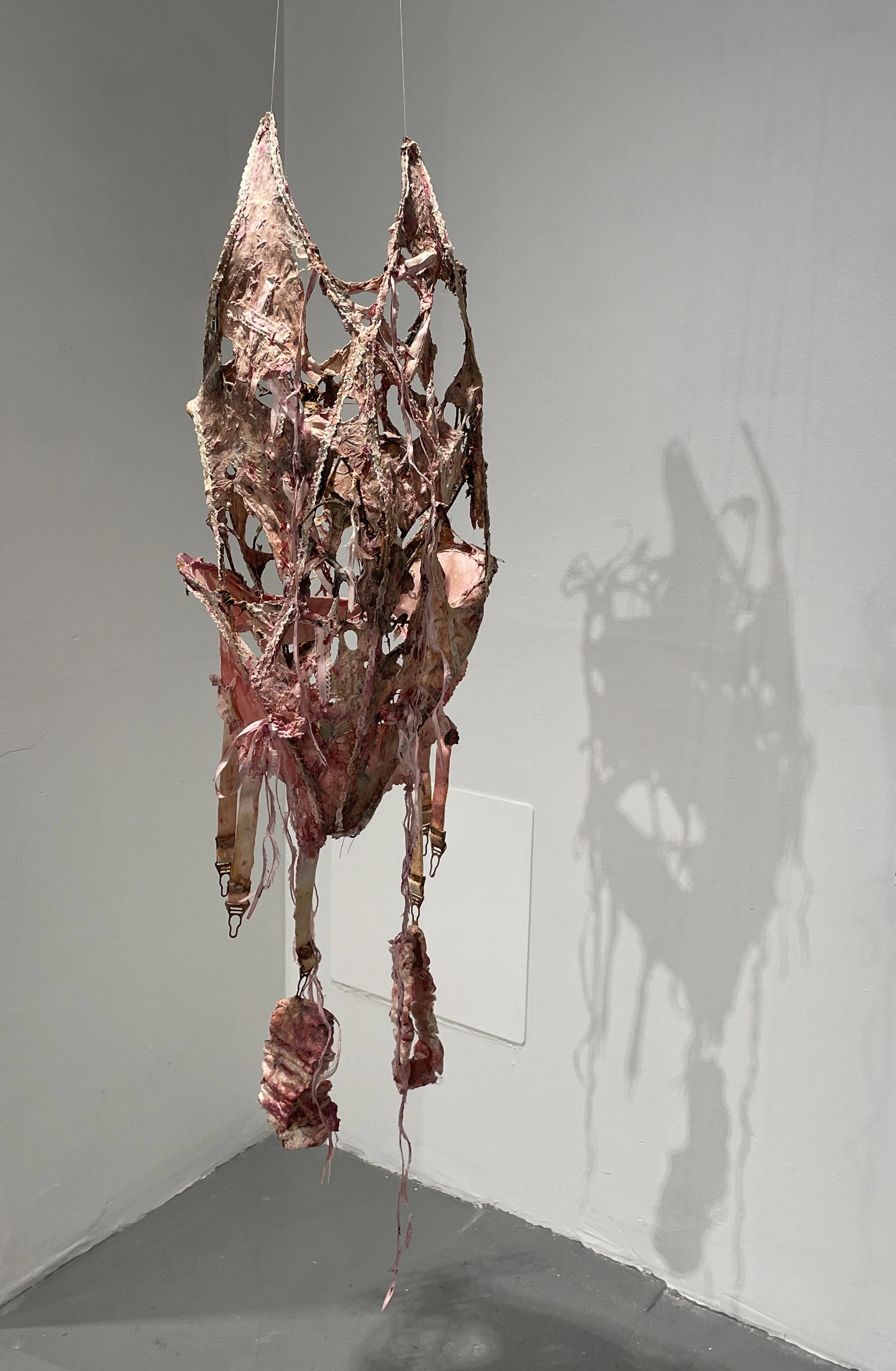
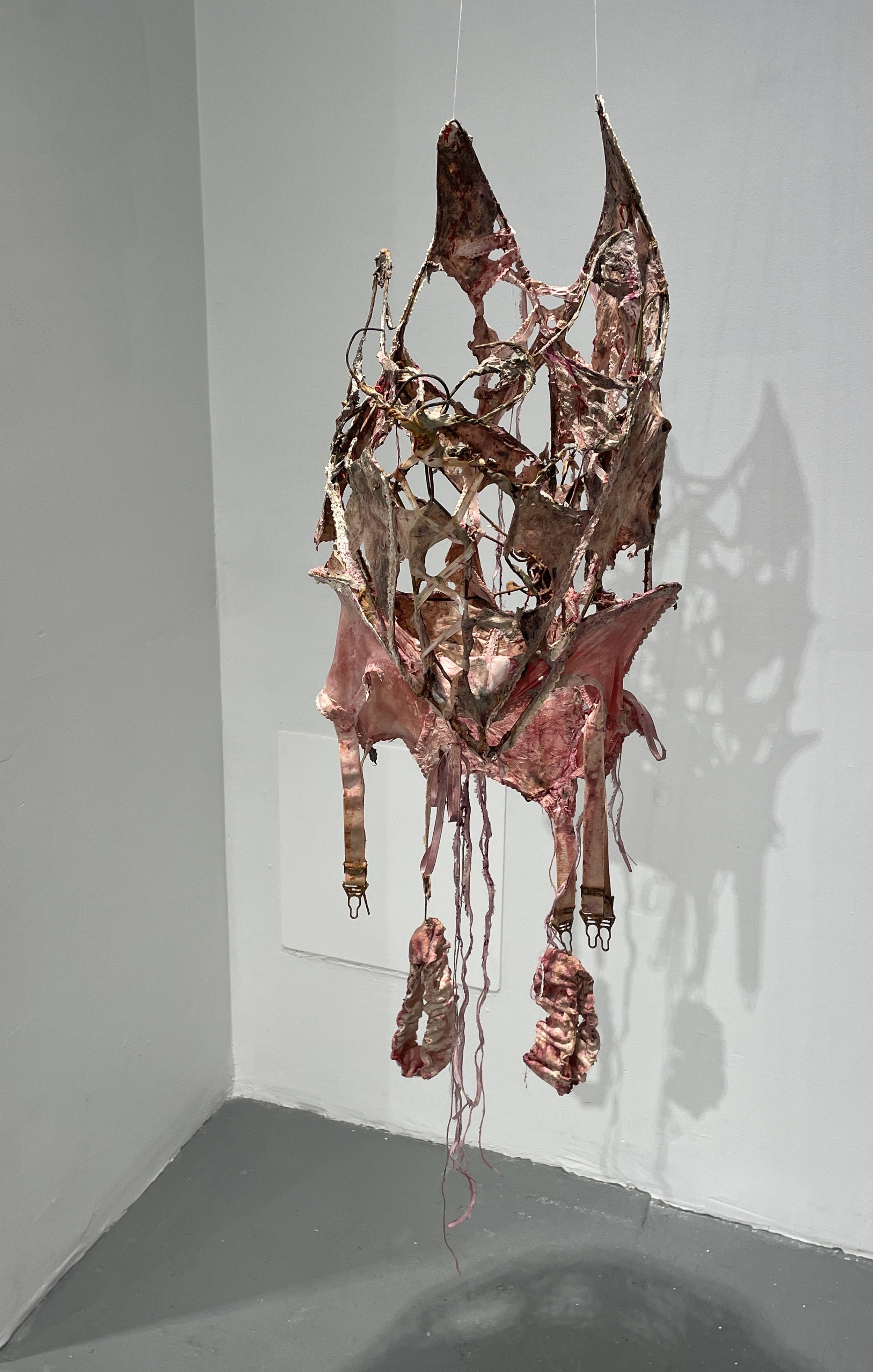
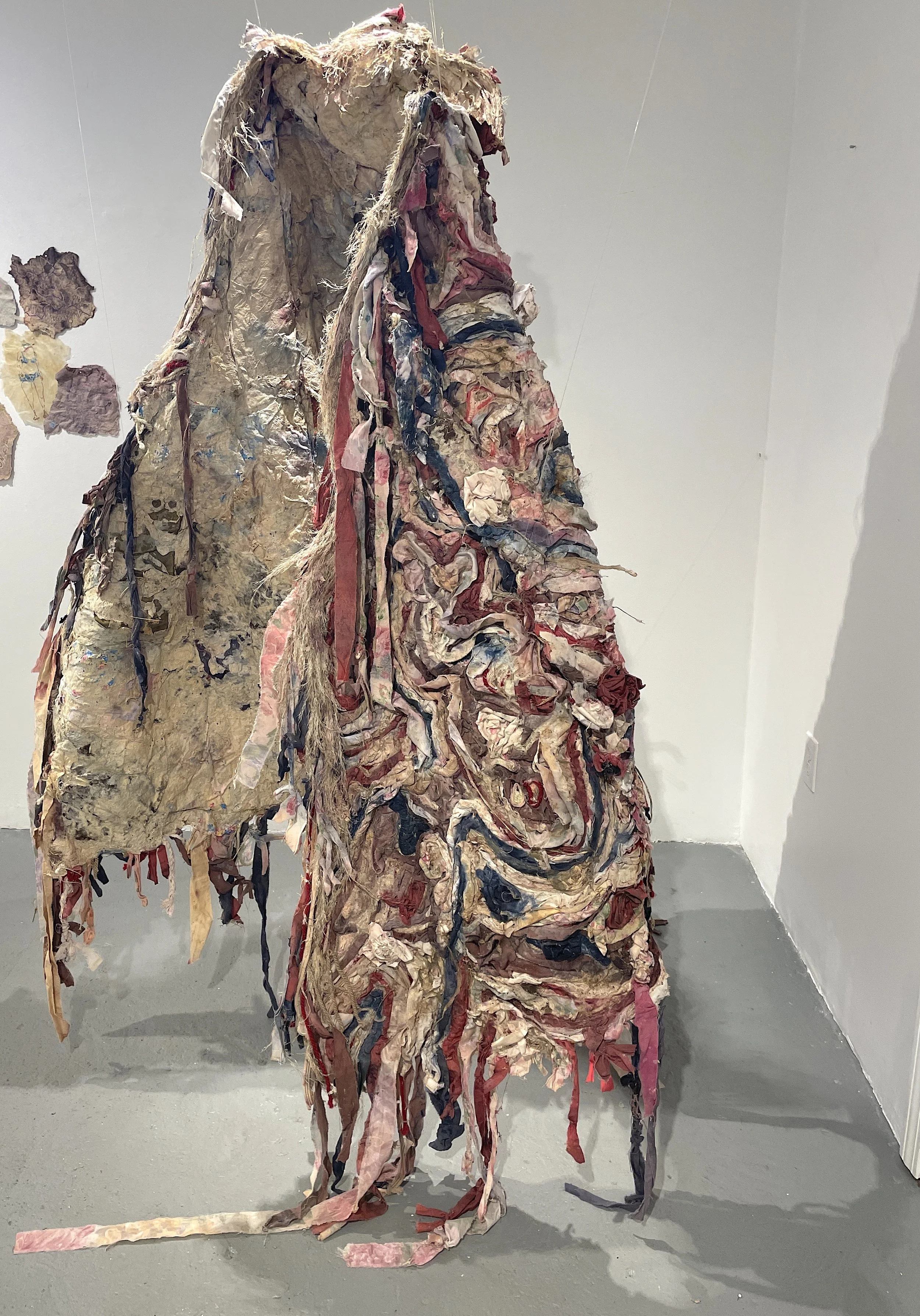

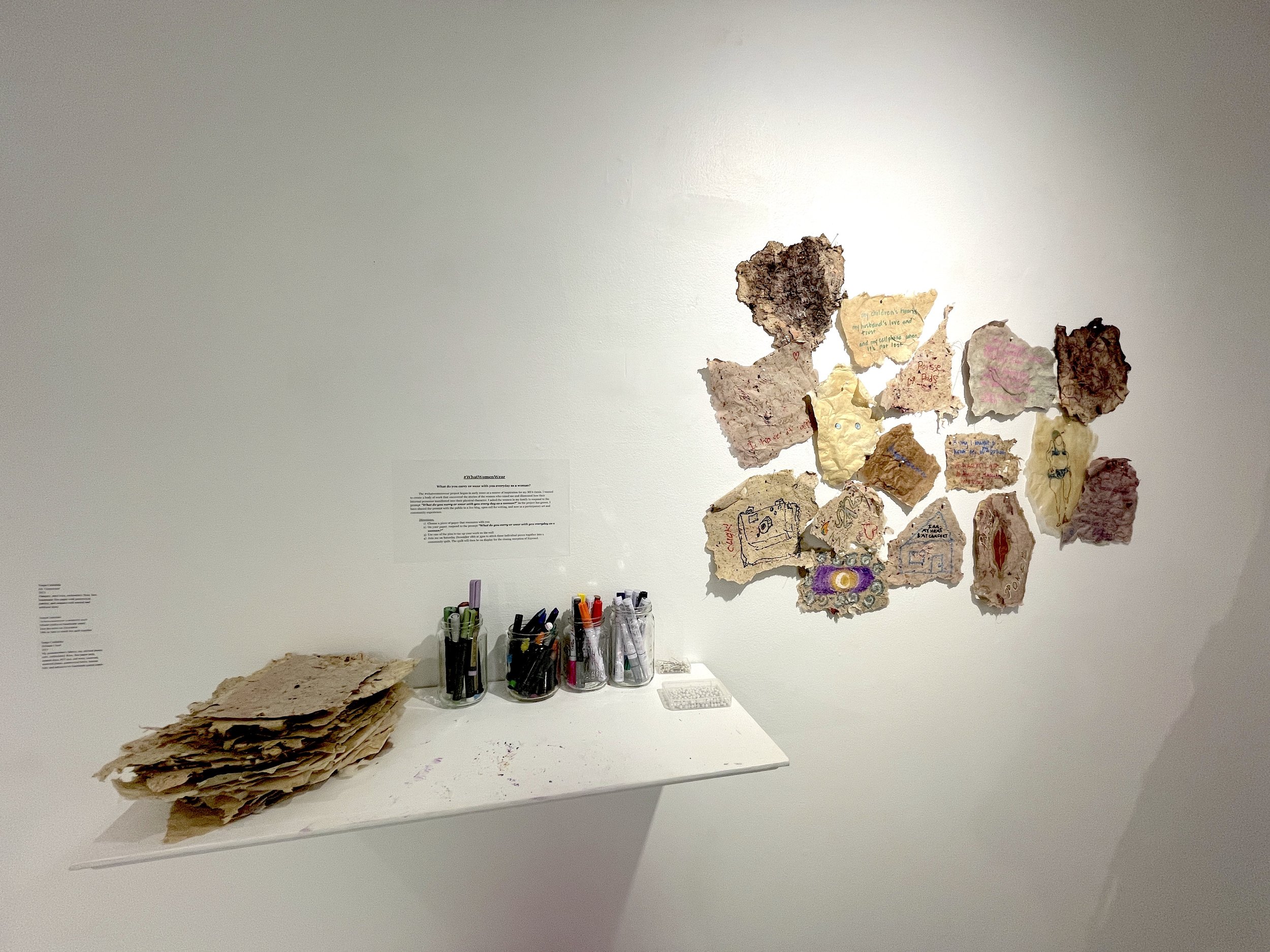
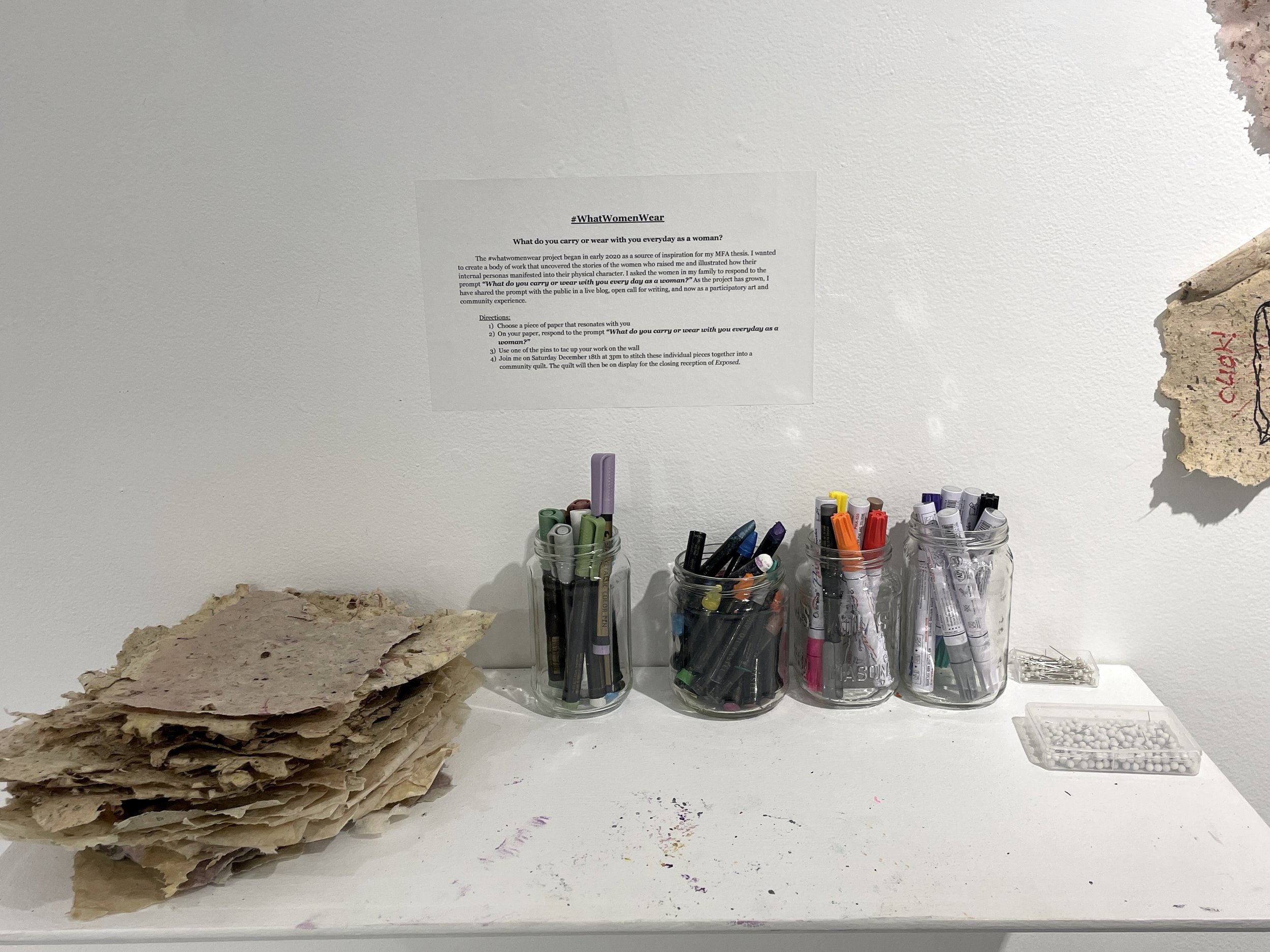
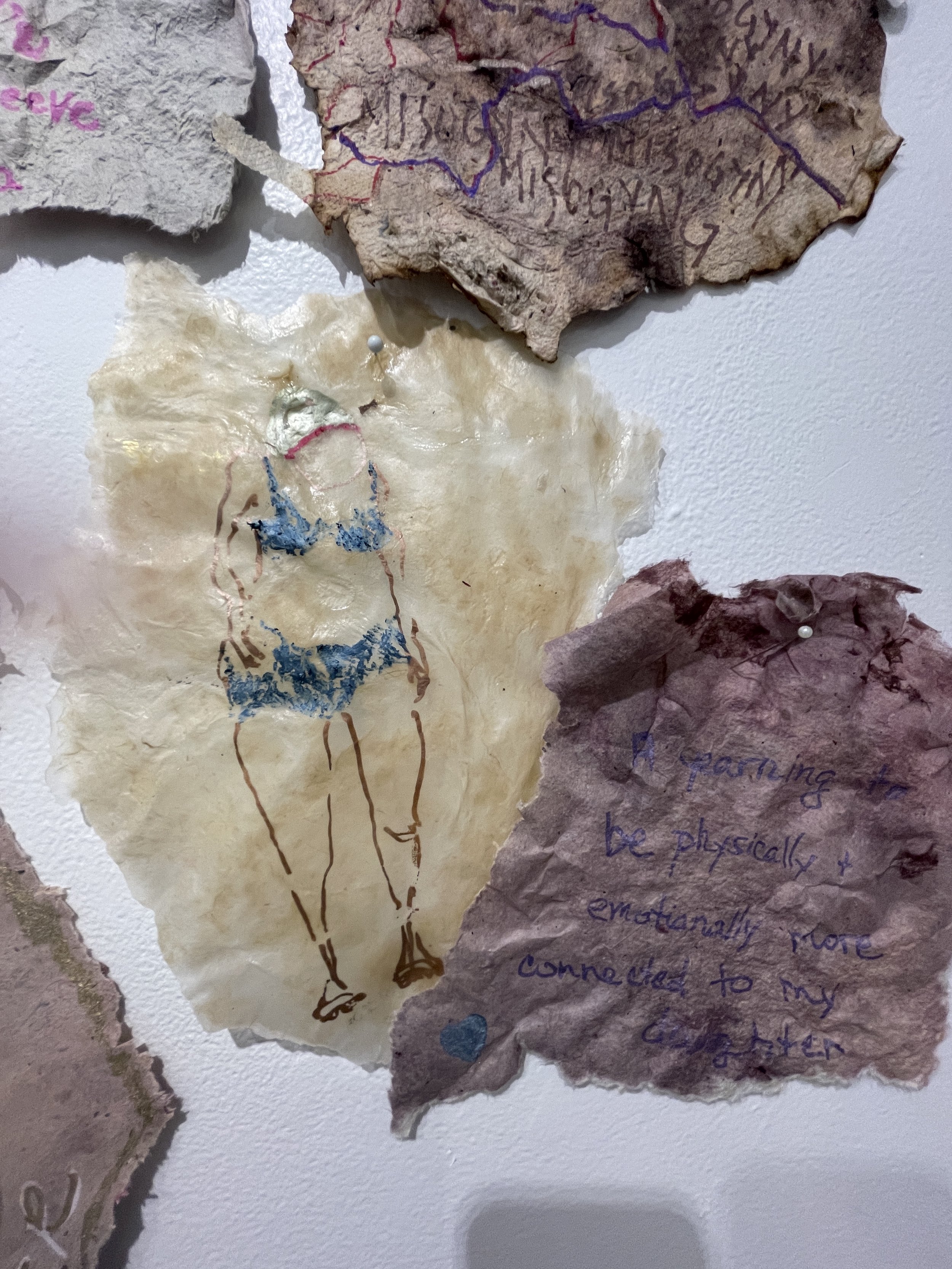
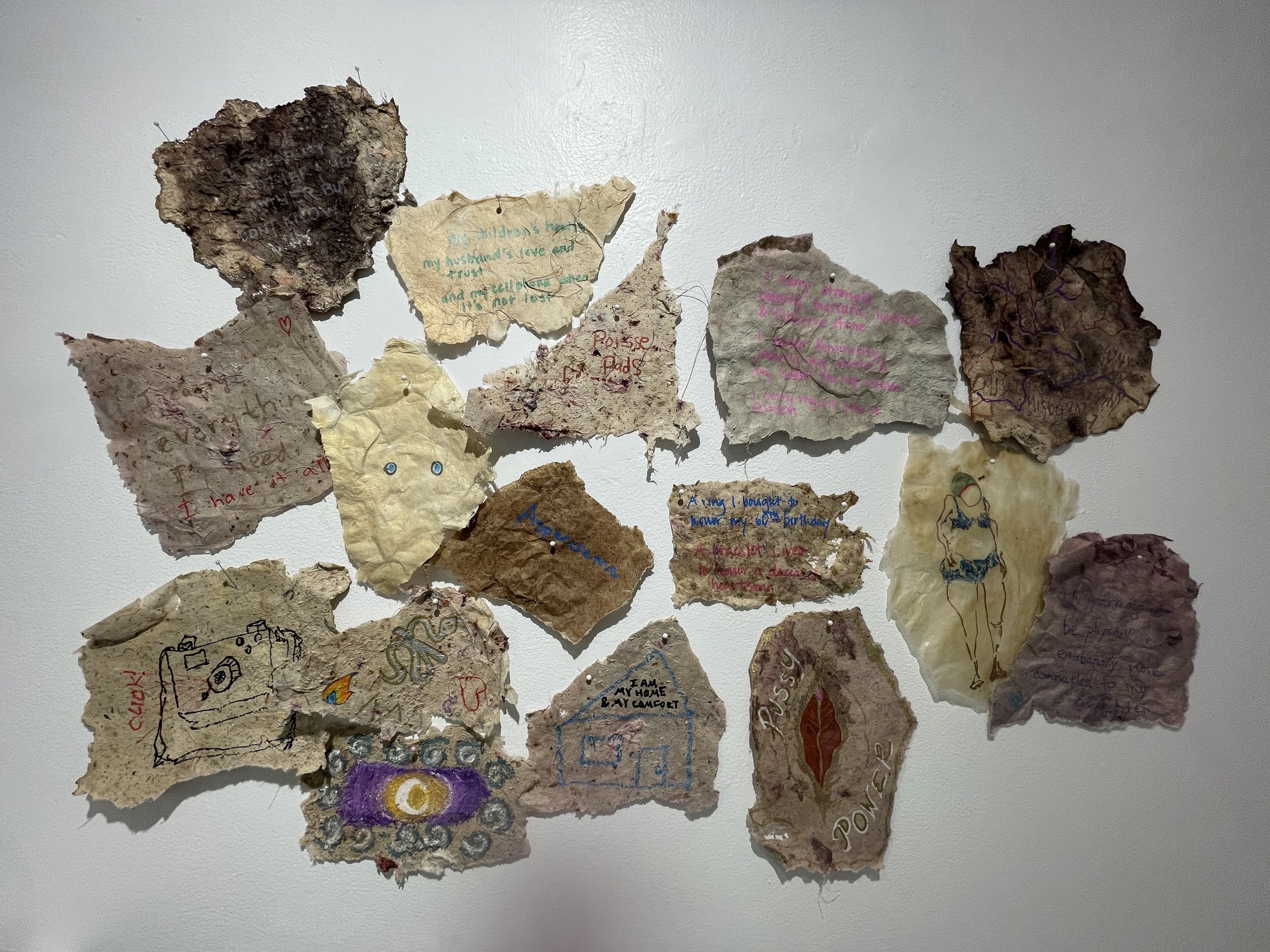
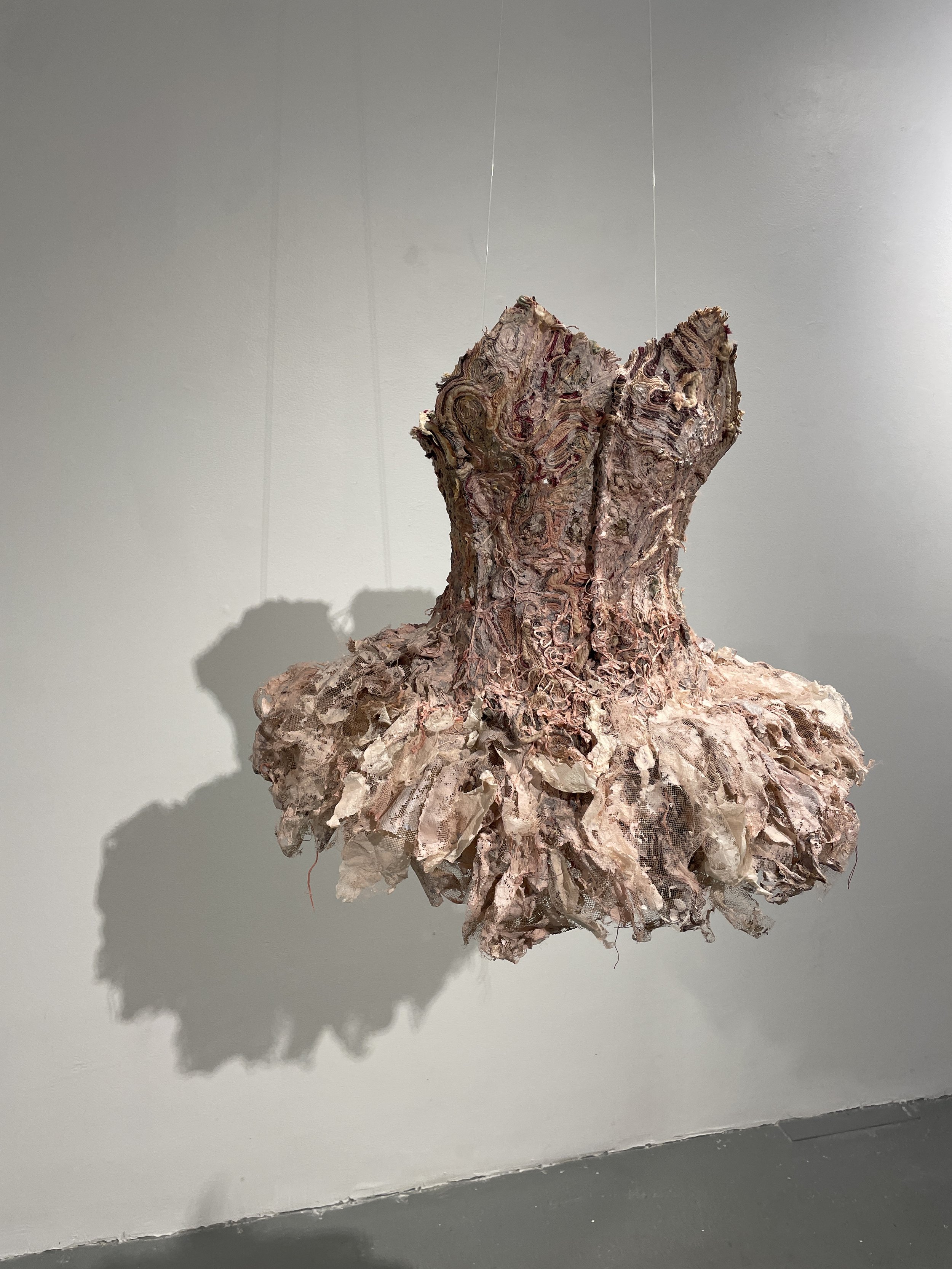
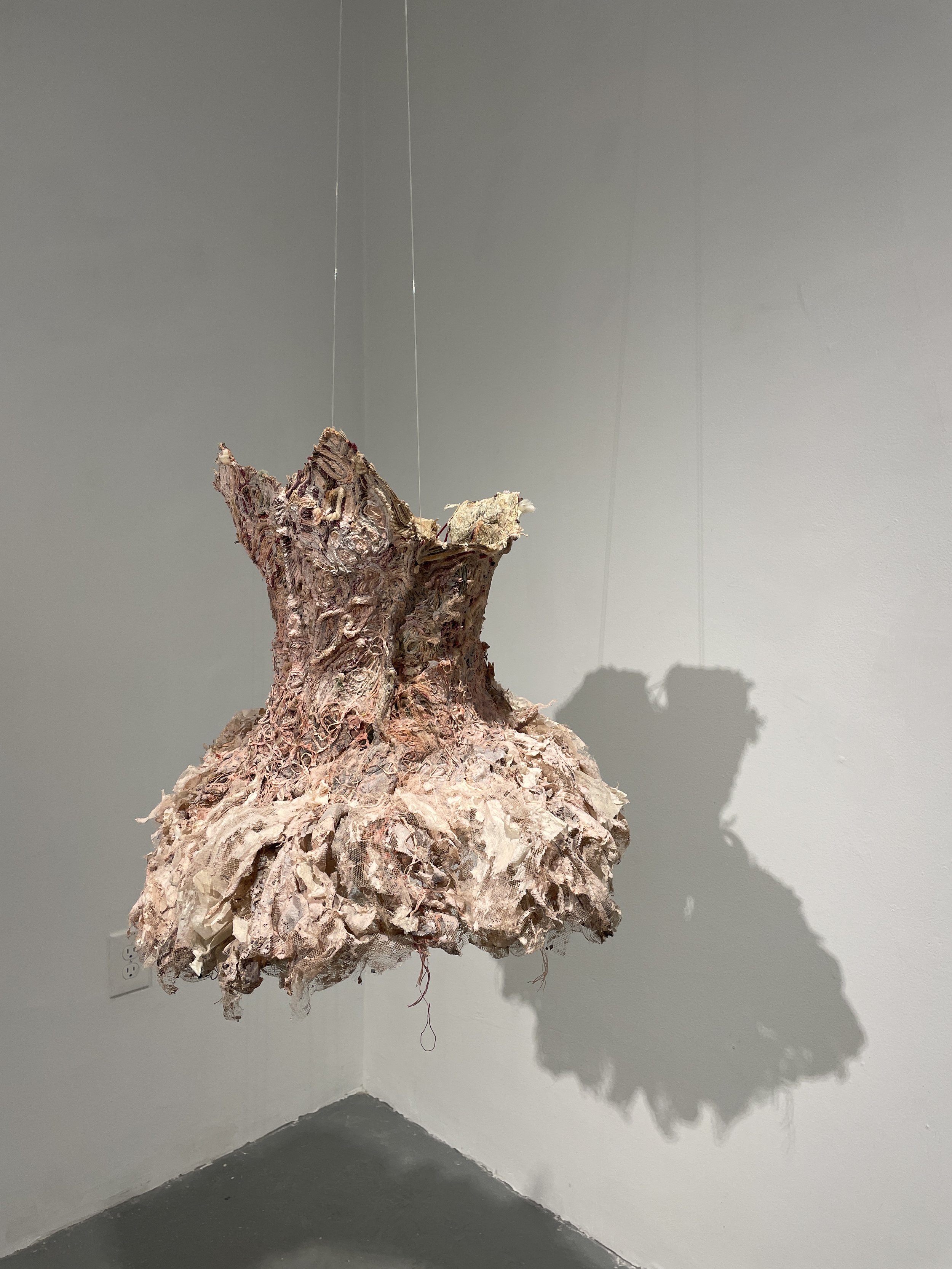
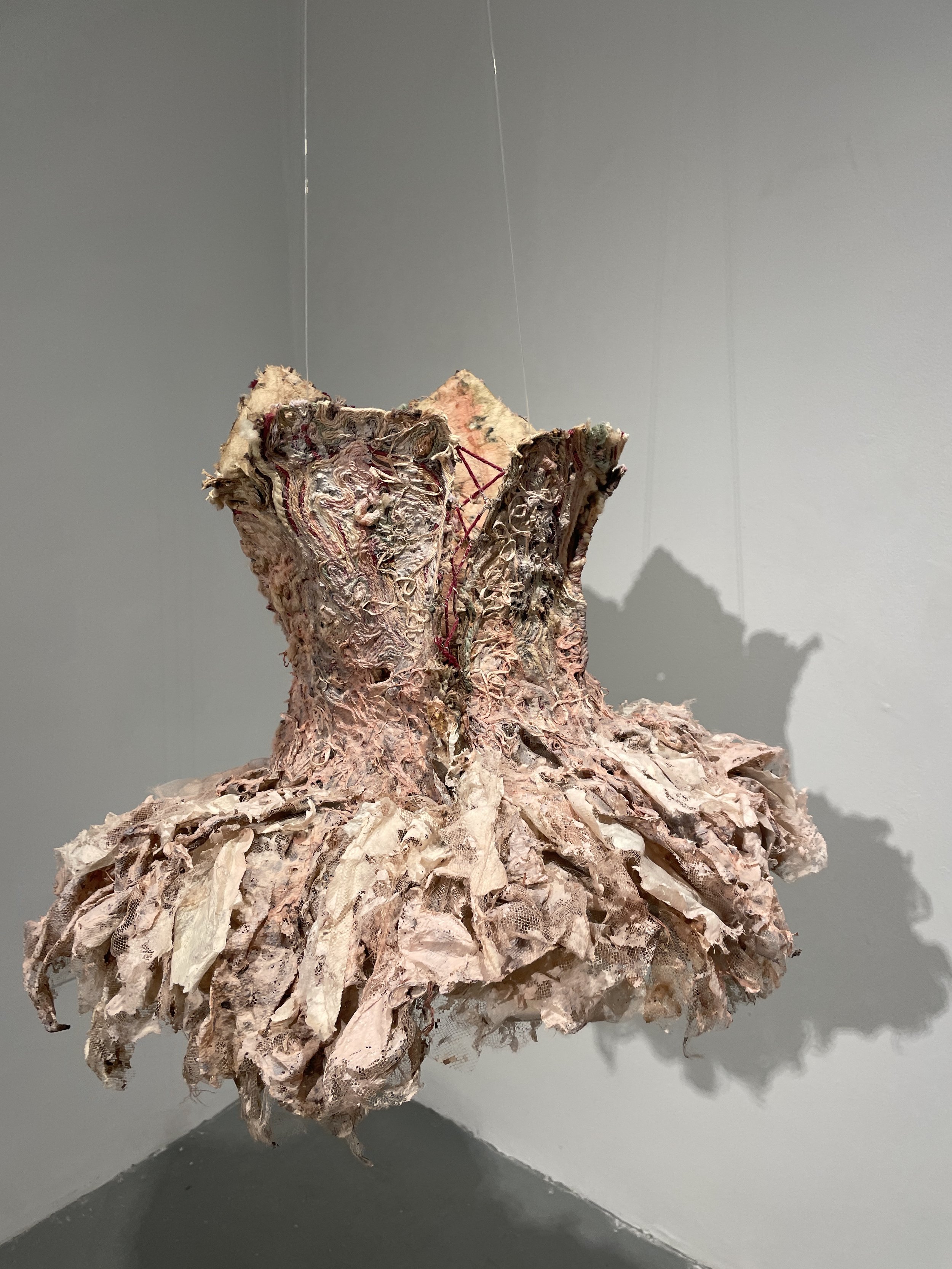
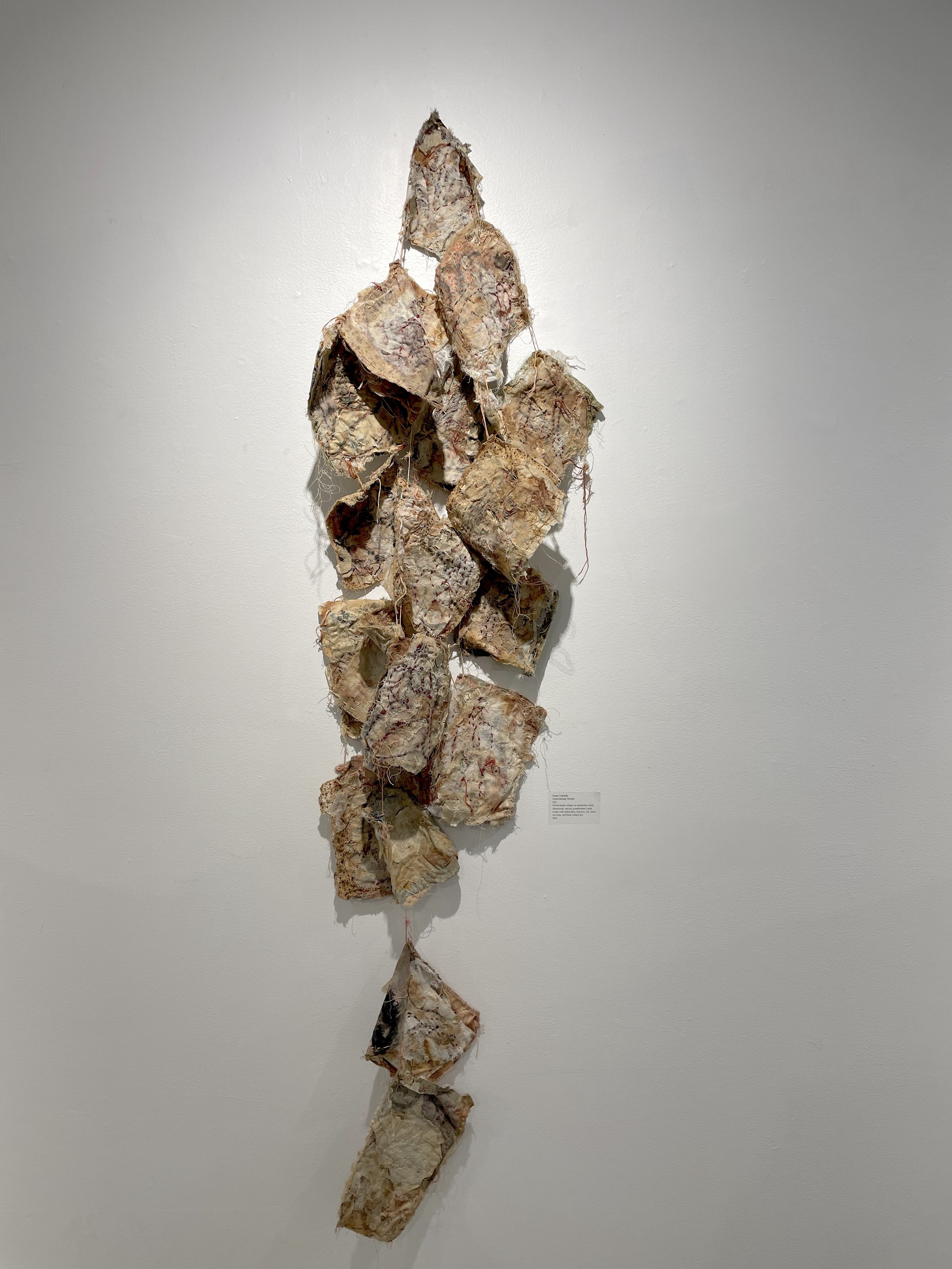
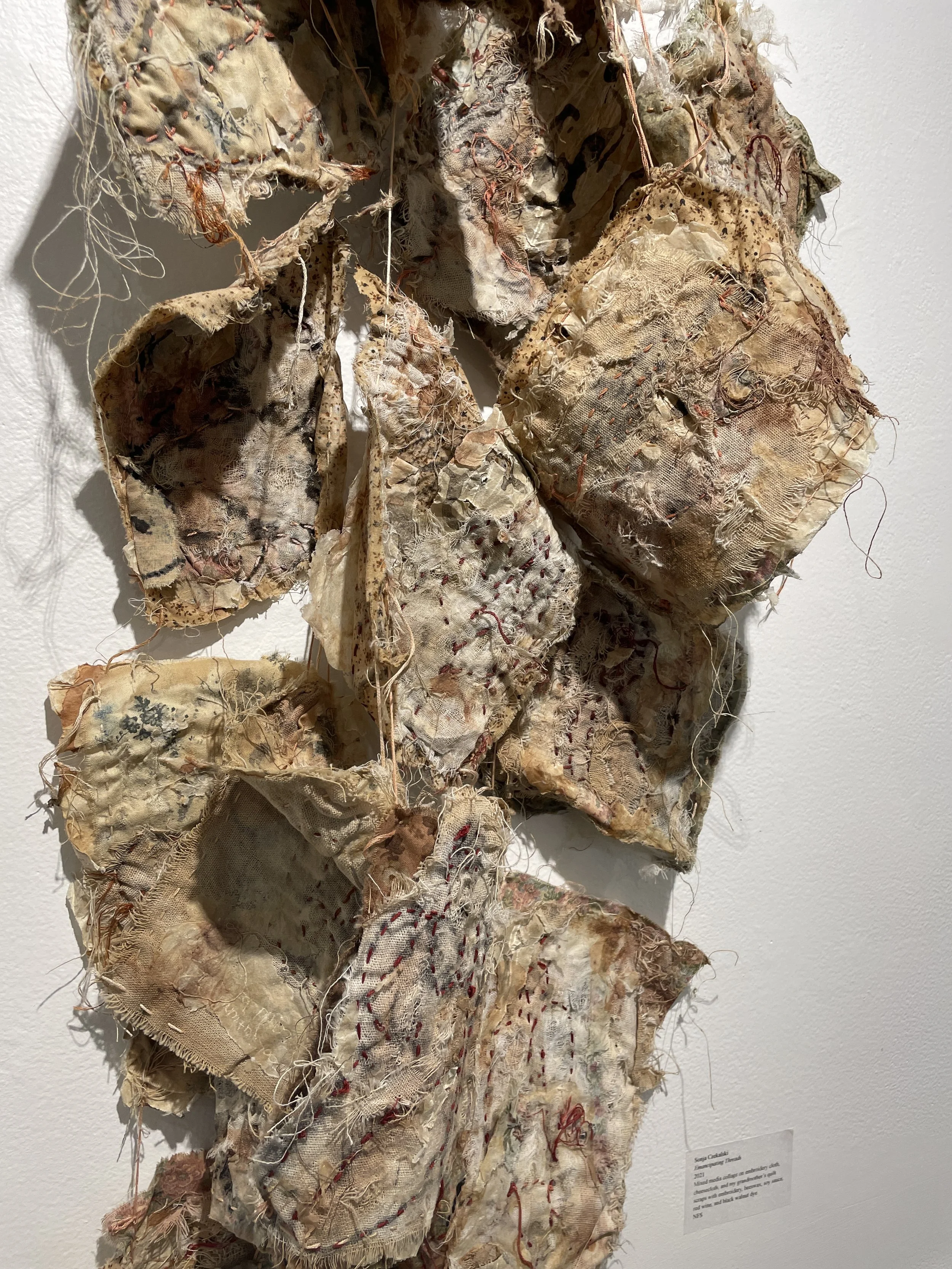

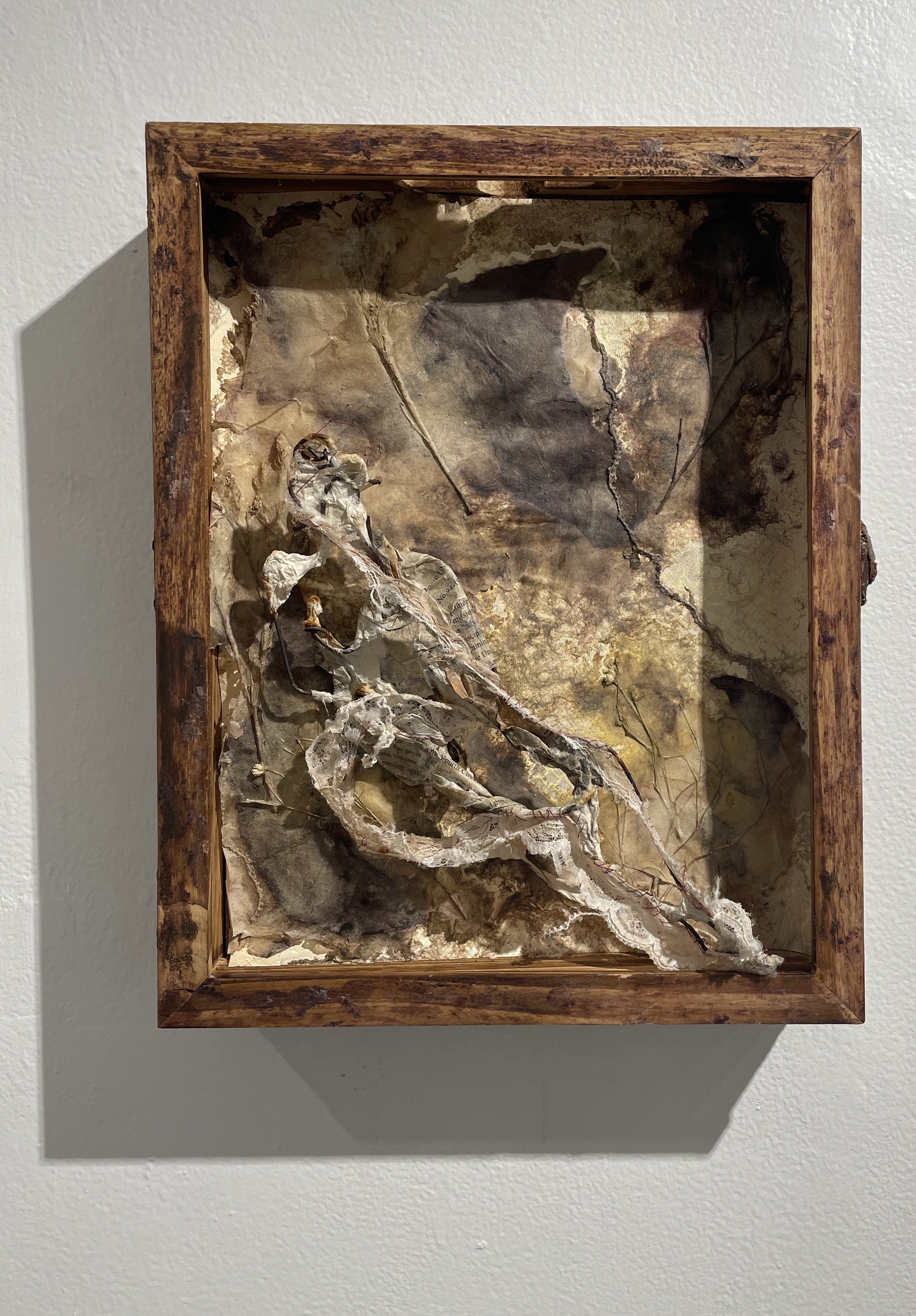
Barbara Crane
Artist Statement:
These images are of the windows I looked through during the past 20 months while “sheltering in Place” My windows became my models, my portals.Taking on an outsized significance they functioned as a shifting membrane between myself and the outer world, a barrier protecting me, yet simultaneously holding me back. Sometimes transparent, sometimes opaque they changed and fluctuated with the light, the rain, the temperature, time of day, the seasons passing on the outside…while on the inside they reflected my emotional states, sometimes hopeful, or despondent, anxious, or angry, frustrated or restless.
These windows became a metaphor for many things, not just the emotional fluctuations I was experiencing, but they became interchangeable with my computer screen, another portal to the outside world. Staring through a window can induce trance-like states just as staring into a computer screen mesmerizes us while rendering our ability to distinguish between reality and simulation increasingly difficult.
These images are abstractions, pure color fields, with only subtle surface details of condensation or ice crystals forming on the exterior of the glass to distinguish foreground from background. The different states of water on the surface of the windows become a metaphor for emotion and time. Only inferences of the world beyond were allowed, those veiled, just out of reach. The flatness of the photograph panel is emphasized, flatly revealing the truth, that this is a two dimensional image, altered through various technologies, no spin, and simultaneously emphasizing the flatness of experience during quarantine. Their primary subject however is a yearning for transcendence and the infinite.
